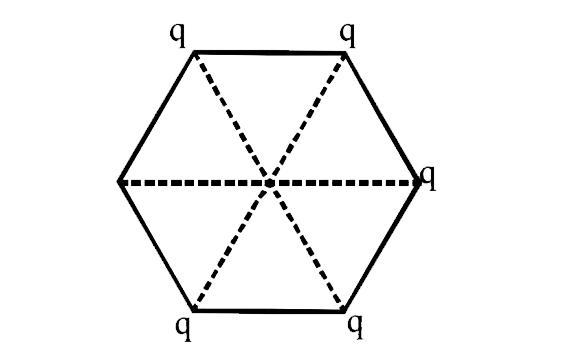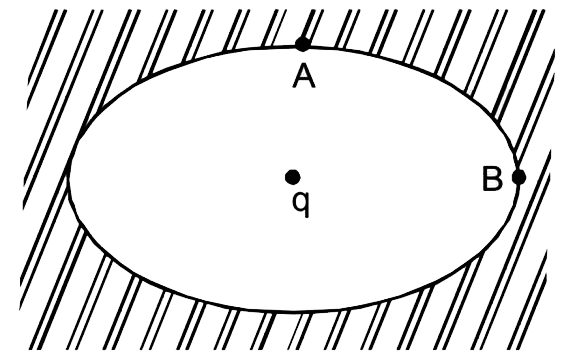Comprehension Type from CENGAGE PHYSICS (ENGLISH) MISCELLANEOUS VOLUME 3 for Class 12
| Class 12 | PHYSICS |
| Chapter | MISCELLANEOUS VOLUME 3 |
| CENGAGE PHYSICS (ENGLISH) | Comprehension Type |
| Medium | English |
| Academic Year | 2023-2024 |
Question 3
Capacitor C1 is connected to a battery and charged till the magnitude of the charge on each plate is q0. Then, the battery is disconnected and C1 is connected to two other uncharged capacitors C2andC3 as shown in figure. Final charges on the capacitors (q1,q2andq3) are related by .
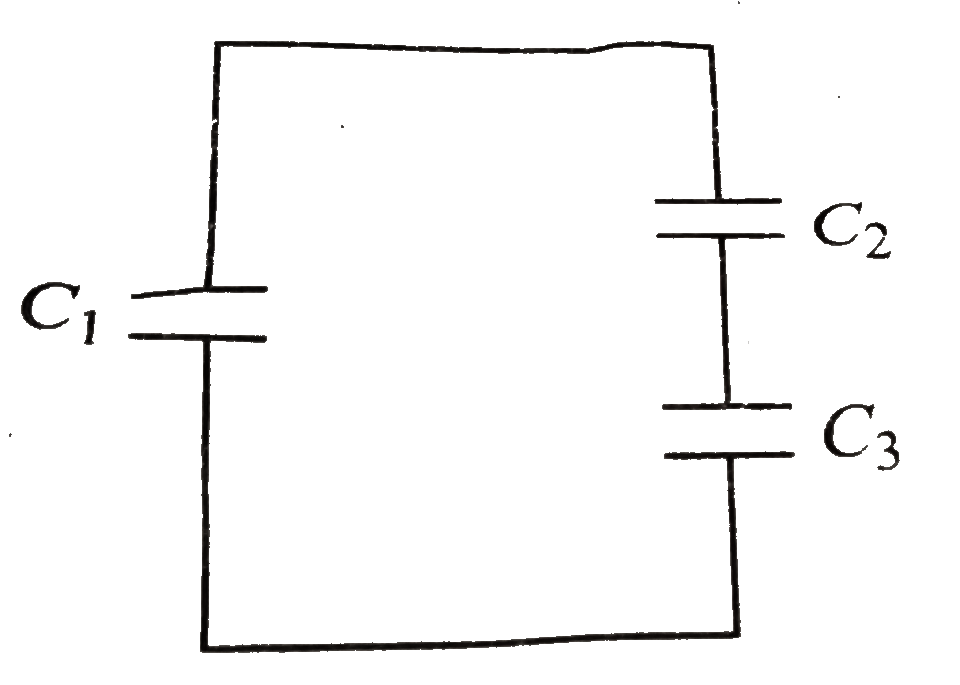 View Solution
View SolutionQuestion 6
A point charge +Q is placed at the centroid of an equilateral triangle. When a second charge +Q is placed at a vertex of the triangle, the magnitude of the electrostatic force on the central charge is 8 N. The magnitude of the net force on the central charge when a third charge +Q is placed at another vertex of the triangle is View SolutionQuestion 10
A wire of linear charge density λ passes through a cuboid of length l, breadth b and height h(l>b>h) in such a manner that the flux through the cuboid is maximum. The position of the wire is now changed, so that the flux through the cuboid is minimum. The raito of maximum flux to minimum flux will be View SolutionQuestion 11
A positively charged particle P enters the region between two parallel plates with a velocity u, in a direction parallel to the plates. There is a uniform electric field in this region. P emerges from this region with a velocity v. Taking C as a constant, v will depend on u as
 View Solution
View SolutionQuestion 13
Four charges are placed at four corners of a square as shown in figure. The side of the square is a. Two charges are positive and two are negative, but their magnitudes are the same. Now, an external agent starts decreasing all the sides of the square slowly and at the same rate. What happens to the electrical potential energy of the system and what will be the nature of work done by the agent?
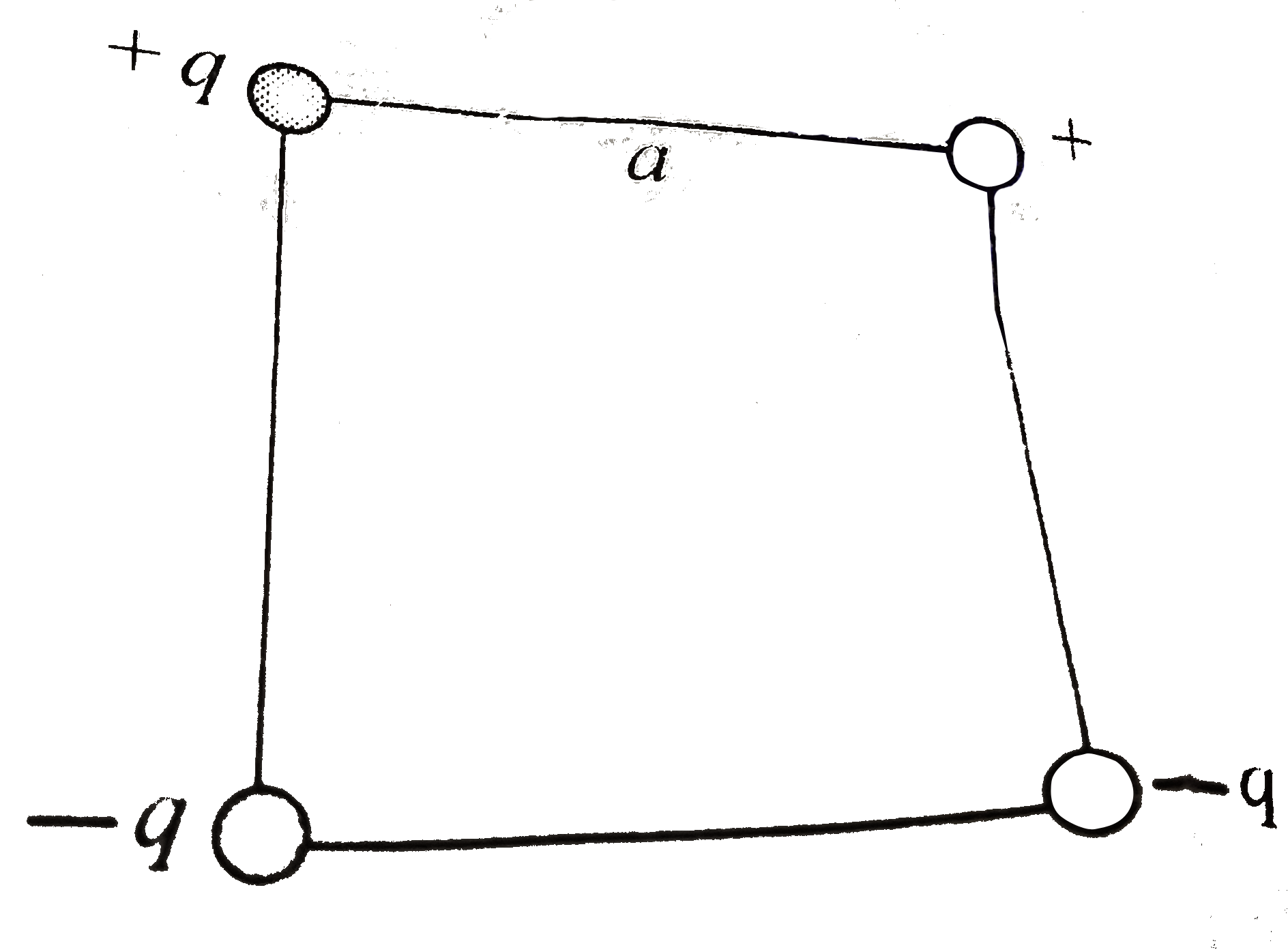 View Solution
View SolutionQuestion 25
An electric dipole consists of charges ±2.0×10−8 C separated by distance of ±2.0×10−3m. It is placed at a distance of 6 cm from a line charge of linear charge density 4.0×10−4Cm−1 as shown in figure such that the dipole makes an angle of θ=60∘ with line AB. Find the force acting on the dipole.
 View Solution
View SolutionQuestion 28
A parallel plate capacitor of capacitance 10μF is connected across a battery of emf 5 mV. Now, the space between the plates of the capacitors is filled with a deielectric material of dielectric constant K=5. Then, the charge that will flow through the battery till equilibrium is reached is View SolutionQuestion 35
Three identical metal plates with large surface areas are kept parallel to each as shown in figure (30-E8). The leftmost plate is given a charge Q, the rightmost a chrgear2Q and the middle one remains neutral. Find the charge appearing on the outer surface of the rightmost plate.
 View Solution
View SolutionQuestion 37
Figure shows two identical parallel plate capacitors connected to a switch S. Initially ,the switch is closed so that the capacitors are completely charged .The switch is now opened and the free space between the plates of the capacitors is filled with a dielectric of dielectric constant 3. Find the ratio of the initial total energy stored in the capacitors to the final total energy stored.
 View Solution
View SolutionQuestion 41
Two capacitors A and B with capacities C1andC2 are charged to potential difference of V1andV2 respectively. The plates of the capacitors are connected as shown in the figure with one wire free from each capacitor. The upper plate of A is positive and that of B is negative. An uncharged capacitor of capacitance C3 and lead wires falls on the free ends to complete circuit, then
 View Solution
View SolutionQuestion 43
A spherical conductor A contains two spherical cavities as shown in Fig.2.127. The total charge on conductor itself is zero . However , there is a point charge q1 at the center of one cavity and q2 at the center of the other cavity . Another charge q3 is placed at a large distance r from the center of the spherical conductor.

If q1 is displaced from its center slightly (being always inside the same cavity ), then the correct representation of field lines inside the same cavity is View SolutionQuestion 44
Three infinite planes have a uniform surface charge distribution σ on its surfaces. All charges are fixed. On each of the three infinite planes, parallel to the yz plane placed at x=−a,x=0,andx=a, there is a uniform surface charge of the same density, σ. The potential difference between A and C is
 View Solution
View SolutionQuestion 47
Find equivalent capacitance between points A and B. [Assume each conducting plate is having same dimensions and neglect the thickness of the plate ε0Ad=7μF where A is area of plate]<imga≤ocr_imageload∈g=lazysrc=https://d10lpgp6xz60nq.cloudfront.net/physics_images/DCP_VOL_4_C25_E01_045_Q01.pngwh=80%mx-autosty≤=background:white;>View SolutionQuestion 49
Three charges q, q, and -2q are fixed on the vertices of an equilateral triangular plate of edge length a. This plate is in equilibrium between two very large plates having surfaces charge density σ1andσ2, respectively. Find the time period of small anglular oscillations about an axis passing through its centroid and perpendicular to the plane. Moment of inertia of the system about this axis is l. View SolutionQuestion 50
The capacitor plates are fixed on an inclined plane and connected to a battery of emf E. The capacitor plates have plate area a, length l, and the distance between them is d. A dielectric constant K is inserted into the capacitor and tied to mass M by a massless string as shown in the figure Find the value of M for which the slab will stay in equilibriu. There is no friction between slab and plates.
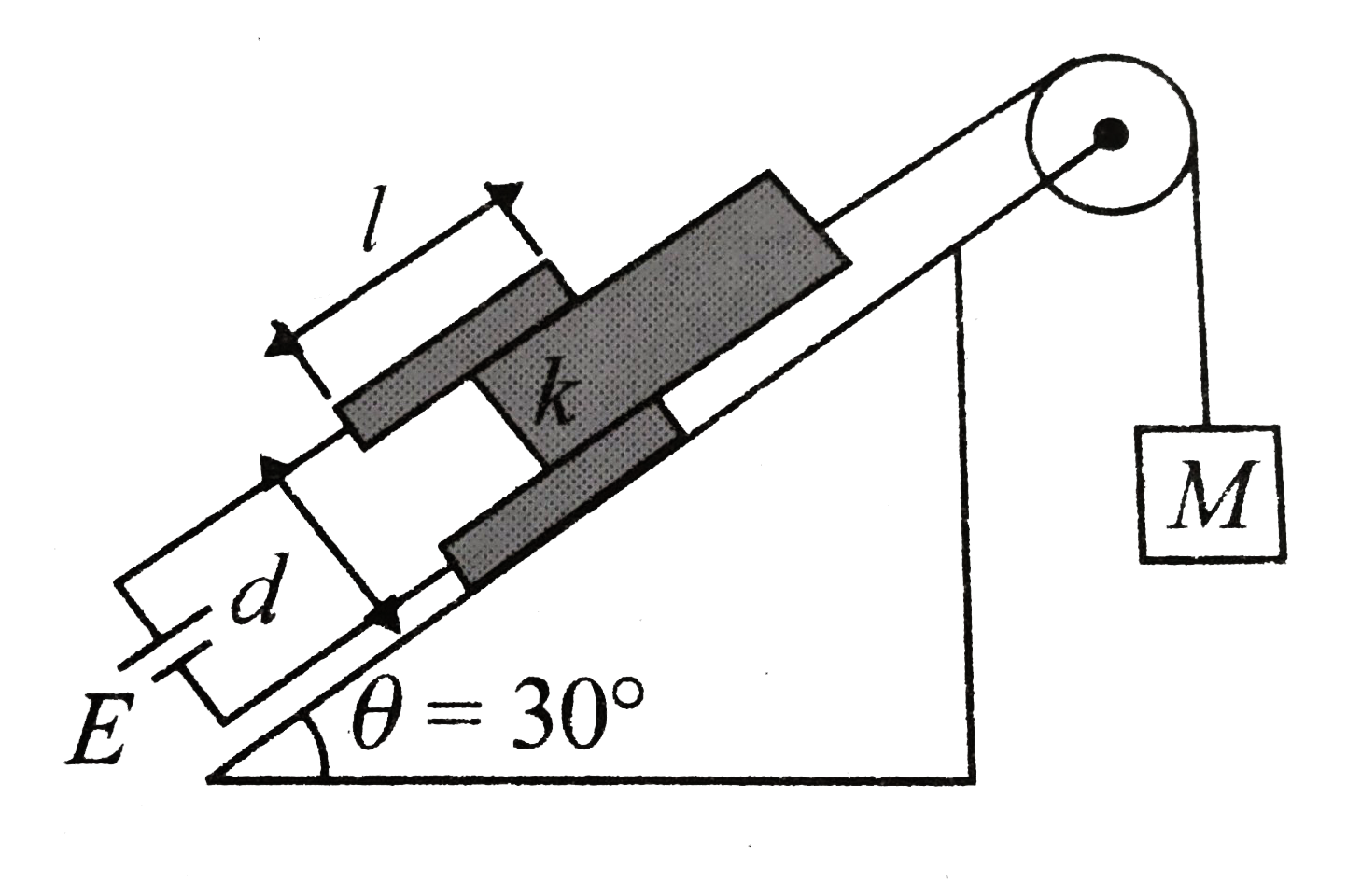 View Solution
View SolutionQuestion 52
A nonconducting sphere with a cavity has volume charge density ρ. O1andO2 represent the two centres as shown. The electric fields inside the cavity is E0. Now, an equal and opposite charge is given uniformly to the sphere on its outer surface. The magnitude of electric field inside the cavity becomes
 View Solution
View SolutionQuestion 53
Five Styrofoam balls are suspended from insulating threads. Several experiments are performed on the balls and the following observations are made:
(i) Ball A repels C and attracts B.
(ii) Ball D attracts B and has no effect on E.
(iii) A negatively charged rod attracts both A and E.
An electrically neutral Styrofoam ball gets attracted if placed nearby a charged body due to induced charge. What are the charges, if any, on each ball A,B,C,D, and E? View SolutionQuestion 54
The figure shows two large, closely placed, parallel, nonconducting sheets with identical (positive) uniform surface charge densities, and a sphere with a uniform (positive) volume charge density. Four points marked as 1,2,3, and 4 are shown in the space in between. If E1,E2,E3,andE4 are magnitude of net electric fields at these points, respectively, then
 View Solution
View SolutionQuestion 55
Three positive point charges q1,q2,andq3 form an isolated system. Suppose the charges have generated a property due to which like charges also attract. The charges are moving along a circle with same speed maintaining angles as shown in the figure. The charge q1 experiences a force f1 due to other two charges. Similarly, q2 experiences a force f2 and q3, a force f3. The ratio of f1:f2:f3 is
 View Solution
View SolutionQuestion 57
In a conducting hollow sphere of inner and outer radii 5 cm and 10 cm, respectively, a point charge 1 C is placed at point A, that is 3 cm from the center C of the hollow sphere. An external uniform electric field to magnitude 20NC−1 is also applied. Net electric force on this charge is 15 N, away from the center of the sphere as shown. Find the magnitude of net force exerted on the charge placed at point A by the induced charges on the sphere
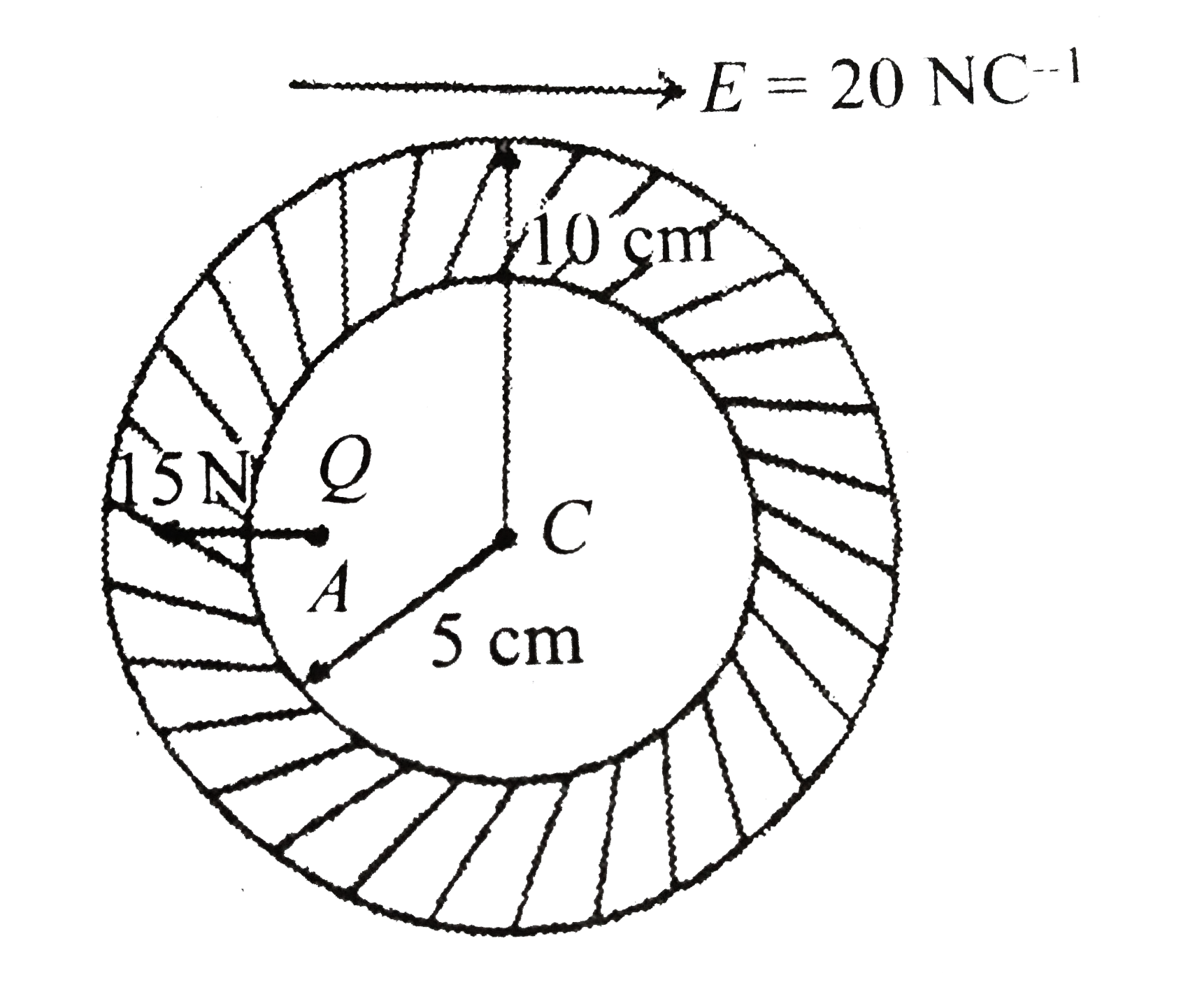 View Solution
View SolutionQuestion 61
An infinite nonconducting sheet has surface charge density s. There is a small hole in the sheet as shown in the figure. A uniform rod of length l having linear charge density λ is hinged in the hole as shown. If the mass of the rod is m, then the time period of oscillation for small angular displacement is
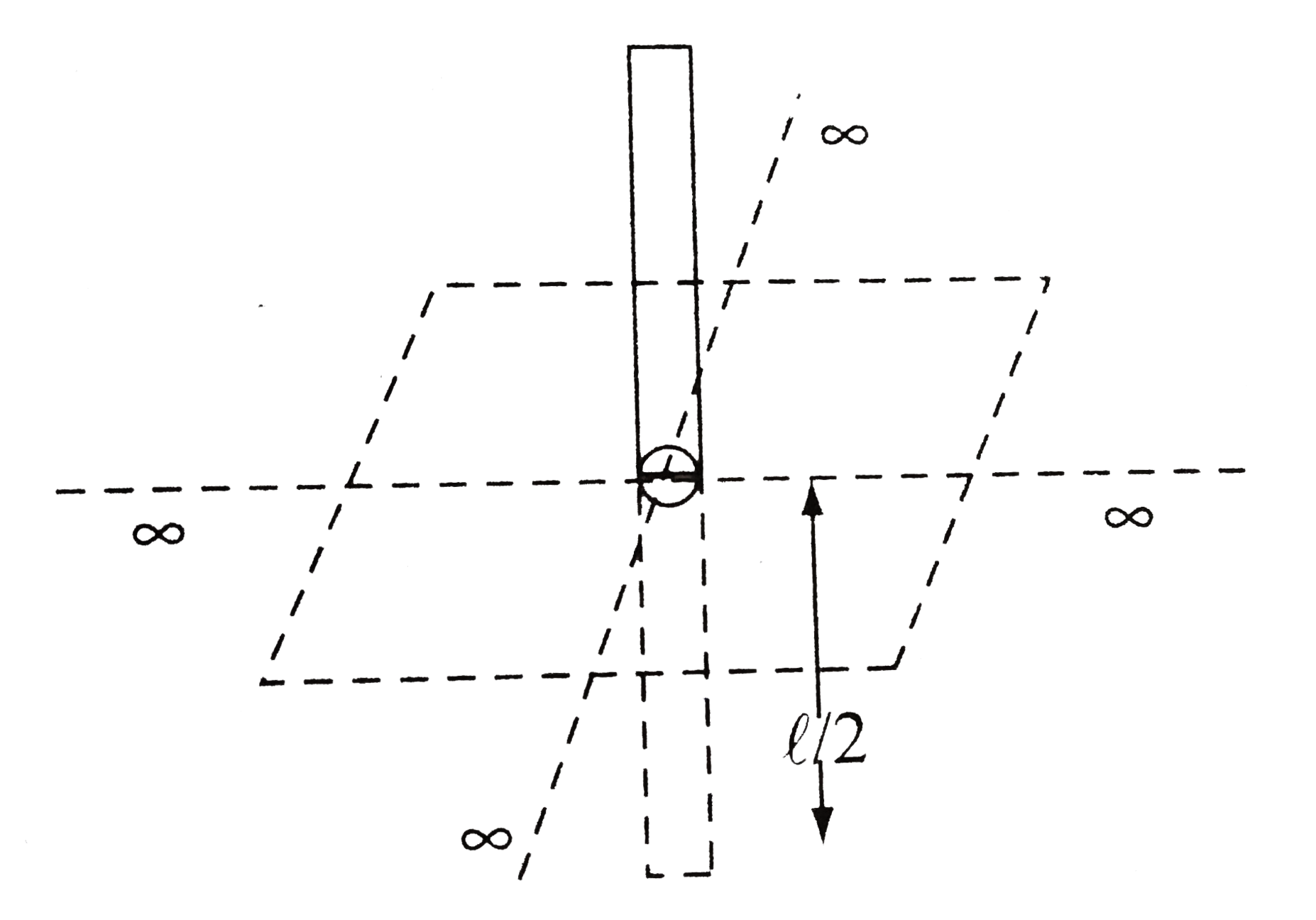 View Solution
View SolutionQuestion 68
The following diagram shows the electric field lines between two opposite charges. The positive charge is indicated by the black circle, the negative charge by the white circle. An electron strarting from rest at the indicated position (X), and accelerated to high speed by the electric field will follow most likely which trajectory?View SolutionQuestion 72
In the diagram shown the charge +Q is fixed. Another charge +2q and mass M is projected from a distance R from the fixed charge. Minimum separtion between the two charge if the velocity becomes 1√3 time of the projected velocity, at this moment is (Assume gravity to be absent)
 View Solution
View SolutionQuestion 73
A cavity of radius r is made inside a solid sphere. The volume charge density of the remaining sphere is ρ. An electron (charge e, mass m) is released inside the cavity from point P as shown in figure. The centre of sphere and center of cavity are separated by a distance a. The time after which the electron again touches the sphere is
 View Solution
View SolutionQuestion 74
An electric dipole of dipole moment →p is oriented parallel to a unifrom electric field →E, as shown

It is rotated to one of four orientations shown below. Rank the final orientations according to the change in the potential energy of the dipole-field system, most negative to most positive.
 View Solution
View SolutionQuestion 76
A plane sheet has a uniformly distributed charge. Origin is selected at the middle of the sheet (in yz plane). A charge +Q is moved from point A (10a, 2a,0) to point B (10a,0,2a) along a circle and then to point C(10a, 0, 0). If the initial electrostatic potential energy is U0, what will be final electrostatic potential energy?
 View Solution
View SolutionQuestion 77
Charges Q0 and 2Q0 are given to parallel plates A and B, respectively, and they are separated by a small distance. The capacitance of the given arrangement is C. Now, plates A and B are connected to positive and negative terminals of battery of potential difference V=2Q0/C respectively, as shown, then the work done by the battery is
 View Solution
View SolutionQuestion 83
A charged ball of mass 9 kg is suspended from a string in a uniform elelctric field →E=(3ˆi+5ˆj)×105N/C. The ball is in equilibrium with θ=37∘. If direction of electric field is reversed, find the new equilibrium position of the ball. Given your answer in terms of angle made by string with vertical. Take g=10ms−2.
 View Solution
View SolutionQuestion 85
Given are four arrangements of three fixed electric charges. In each arrangement, a point labeled P is also identified. A test charge +q is placed at P. All of the charges are of the same magnitude Q, but they can be either positive or negative as indicated. The charged and point P all lie on a straight line. the distances between adjacent items, either between two charges or between a charge and point P, are all the same.
I. ⊕,⊕,⊕,⋅P, II. ⊕,⊕,P⋅,−
III. ⊕,⊕,−,P⋅, IV. ⊕,−,⊕,P⋅.
Correct order of choices in a decreasing order of magnitude of force on P is View SolutionQuestion 86
A nonuniformly charged ring is kept near an uncharged conducting solid sphere. The distance between their centres (which are on the same line normal to the plane of the ring) is 3m and their radius is 4m. If total charge on the ring is 1μC, then the potential of the sphere will be View SolutionQuestion 88
An electrically isolated hollow (initially uncharged), conducting sphere has a small positively charged ball suspended by an insulating rod from its inside surface, see diagram

This causes the inner surface of the sphere to become negatively charged. When the ball is centred in the sphere the electric field outside the conducting spehere is View SolutionQuestion 93
A positively charged particle of charge q and mass m is suspended from a point by a string of length l. In the space a uniform horizontal electric field E exists . The particle is drawn aside so that it is projected horizontally with velocity v such that the particle starts to move along a circle with same constant speed v. Find the speed v.
 View Solution
View SolutionQuestion 97
A positive charge +q1 is located to the left of a negative charge −q2 On a line passing through the two charges, there are two places where the total potential is zero. The reference is assumed to be at infinity The first place is between the charges and is 4.00 cm to the left of the negative charge. The second place is 7.00cm to the right of the negative charge if q2=−12μC , what is the value of charge q1∈μCView SolutionQuestion 99
The diagram show a small bead of mass m carrying charge q. The bead can freely move on the smooth fixed ring placed on a smooth horizontal plane . In the same pane a charge +Q has also been fixed as shown. The potential at the point P due to +Q is V . The velocity which the bead should projected from the point P so that it can complete a circle should be greater than .
 View Solution
View SolutionQuestion 100
A unit positive point charge of mass m is projected with a velocity V inside the tunnel as shown. The tunnel has been made inside a uniformly charged nonconducting sphere. The minimum velocity with which the point charge should be projected such that it can reach the opposite end of the tunnel is equal to
(##BMS_V03_C03_E01_124_Q01.png" width="80%">View SolutionQuestion 104
Two point charges q1andq2 are placed in an external uniform electric field as shown in figure. The potential at the location of q1andq2 are V1andV2, i.e., V1andV2 are potentials at location of q1andq2 due to external unspecified charges only. Then electric potential energy for this configuration of two charged particle is
 View Solution
View SolutionQuestion 105
A charge Q is uniformly distributed in a dielectric sphere of radius R (having dielectric constant unity). This dielectric sphere is enclosed by a concentric spherical shell of radius 2R and having uniformly distributed charge 2Q. Which of the following graph correctly represents variation of electric field with distance r from the common centre?
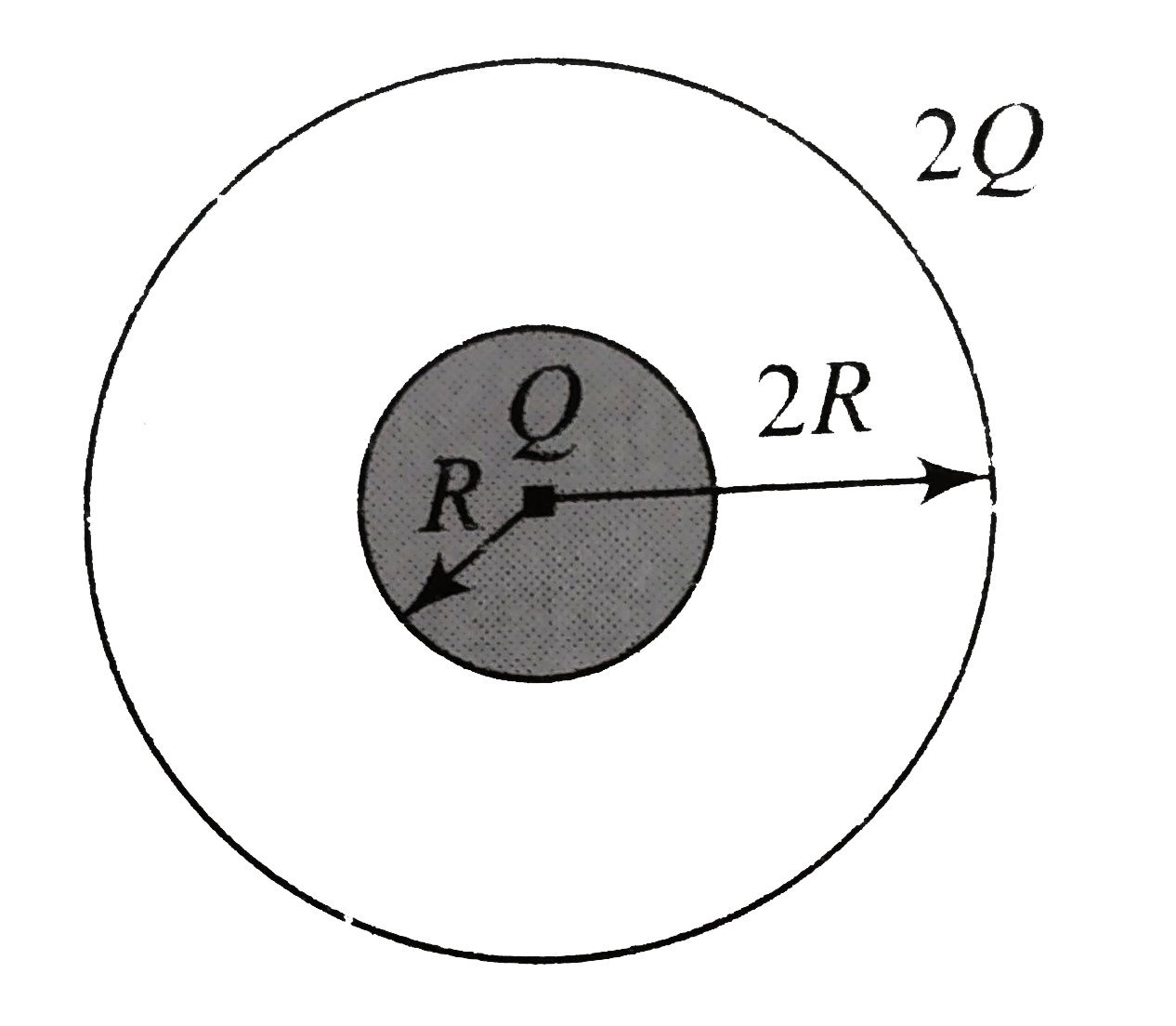 View Solution
View SolutionQuestion 108
There are two uncharged identicasl metallic spheres 1 and 2 of radius r separated by a distance d(d>>r). A charged metalllic sphere of same radius having charge q is touched with one of the sphere. After some time it is moved away fom the system. Now, the uncharged sphere is earthed. Charge on earthed sphere is View SolutionQuestion 109
A large charged metal sheet is placed in a uniform electric field, perpendicular to the electric field lines. After placing the sheet into the field, the electric field on the left side of the sheet is E1=5×105Vm−1 and on the right it is E2=3×105Vm−1. The sheet experiences a net electric force of 0.08 N. Find the area of one face of the sheet. Assume the external field to remain constant after introducing the large sheet. Use
(14πε0)=9×109Nm2C−2
 View Solution
View SolutionQuestion 110
Eight point charge of charge q each are placed on the eight corners of a cube of side a. A solid neutral metallic sphere of radius a/3 is placed with its centre at the centre of the cube . As a result charges are induced on the sphere , which form certain pattern on its surface . What is the potential at the center of the sphere .View SolutionQuestion 114
In the figure shows, all the capacitors are initially uncharged.
Case I: only switch S1 is closed
Case II: only switch S2 is closed
Case III: both swithces are closed
Find the ratio of the total energy stored in the system of capacitors for the cases I, II, and III, respectively.
 View Solution
View SolutionQuestion 115
I a uniformly positively charged sphere a very thin tunnel has been made along the diameter as shown in the figure below. A carged particle -q having mass m is released from rest at one end of tunnel. For the situation described, mark out the correct statement (s) : [Neglect gravity]
View SolutionQuestion 124
An electric charge 2×10−8C is placed at the point (1,2,4). At the point (3,2,1) , the electric
(i) potential will be 50V
(ii) field will have no Y-component
(iii) field will increase by a factor K if the space between the points is filled with a dielectric of constant K
(iv) field will be along Y-axisView SolutionQuestion 129
A small conducting sphere of radius a mounted on an insulated handle and a positive charge q is inserted through a hole in the wall of a hollow conducting sphere of inner radius b and outer radius c. The hollow sphere is supported on an insulating stand and is initially uncharged. The small sphere is placed at the center of the hollow sphere. Neglect any effect of the hole. Which of the following statements will be true for this system? View SolutionQuestion 130
Consider two identical charges placed a distance 2d apart on the x-axis.The equilibrium of a positive test charge placed at the point O midway between them may be
(i) neutral
(ii) stable for displacement along the x-axis
(iii) stable for displacement along the y-axis
(iv) unstable for displacement along the x-axisView SolutionQuestion 147
Four identical metallic plates (1,2,3, and 4) are arranged in air at same distance d from each other with their outer plates being connected together and earthed. If the plates 2 and 3 are connected with a cell of constant emf E, then ratio of electric fields between the plate is
 View Solution
View SolutionQuestion 149
Two small balls A and B of positive charge Q each and masses m and 2m, respectively, are connected by a nonconducting light rod of length L. This system is released in a uniform electric field of strength E as shown. Just after the release (assume no other force acts on the system)
 View Solution
View SolutionQuestion 155
Two infinite plane sheets of charge A and B of positive charge have surface charge densities Kσandσ, respectively. A metallic ball of mass m and charge +q is attached to a thread and the thread is tied at point P on sheet A. Initially ball is equilibrium at plate P when sheets are uncharged. Find the correct options (K is a constant.)
 View Solution
View SolutionQuestion 158
The following figure shows a block of mass m suspended from a fixed point by means of a vertical spring. The block is oscillatting simple harmonically and carries a charge q. There also exists a uniform electric field in the region. Consider four different cases. The electric field is zero in case 1, mg/q downward in case 2, mg/q upward in case 3, and 2mg/q downward in case 4. The speed at mean position is same in all cases. Select the correct alternative (s).
 View Solution
View SolutionQuestion 164
A parallel plate capacitor is charged as shown (Q is given). A metal slab with the total charge +Q is placed inside the capacitor as shown. The thickness of the slab is d. The distance between the top plate and the top of the slab is 2d, and the distance between the bottom plate and the botthom of the slab is d. Each plate is grounded through a galvanometer as shown . Find the charge that passes through each galvanometer after both switches are closed simultaneously.
 View Solution
View SolutionQuestion 174
We know that electric field (E ) at any point in space can be calculated using the relation
→E=−δVδxˆi−δVδyˆj−δVδzˆk

if we know the variation of potential (V) at that point. Now let the electric potential in volt along the x-axis vary as V=2x2, where x is in meter. Its variation is as shown in figure
Draw the variation of electric field (E ) along the x-axis. View SolutionQuestion 175
We know that electric field (E ) at any point in space can be calculated using the relation
→E=−δVδxˆi−δVδyˆj−δVδzˆk

if we know the variation of potential (V) at that point. Now let the electric potential in volt along the x-axis vary as V=2x2, where x is in meter. Its variation is as shown in figure
A charge particle of mass 10 mg and charge 2.5μC is released from rest at x=2m. Find its velocity when it crosses origin. View SolutionQuestion 176
We know that electric field (E ) at any point in space can be calculated using the relation
→E=−δVδxˆi−δVδyˆj−δVδzˆk

if we know the variation of potential (V) at that point. Now let the electric potential in volt along the x-axis vary as V=2x2, where x is in meter. Its variation is as shown in figure
Draw the variation of electric field (E ) along the x-axis. View SolutionQuestion 177
Consider a system of two equal points charges, each Q=8μC, which are fixed at points (2m, 0 ) and (-2m, 0). Another charge μ is held at a point (0,0.1m) on the y-axis. Mass of the charge μ is 91 mg . At t= 0 , μ is released from rest and it is observed to oscillate along y-axis in a simple harmonic manner. It is also observed that at t = 0 , the force experienced by it is 9×10−3N.
Charge q is View SolutionQuestion 178
Consider a system of two equal points charges, each Q=8μC, which are fixed at points (2m, 0 ) and (-2m, 0). Another charge μ is held at a point (0,0.1m) on the y-axis. Mass of the charge μ is 91 mg . At t= 0 , μ is released from rest and it is observed to oscillate along y-axis in a simple harmonic manner. It is also observed that at t = 0 , the force experienced by it is 9×10−3N.
Amplitude of motion is View SolutionQuestion 179
Consider a system of two equal points charges, each Q=8μC, which are fixed at points (2m, 0 ) and (-2m, 0). Another charge μ is held at a point (0,0.1m) on the y-axis. Mass of the charge μ is 91 mg . At t= 0 , μ is released from rest and it is observed to oscillate along y-axis in a simple harmonic manner. It is also observed that at t = 0 , the force experienced by it is 9×10−3N.
Frequency of oscillation is View SolutionQuestion 180
Consider a system of two equal points charges, each Q=8μC, which are fixed at points (2m, 0 ) and (-2m, 0). Another charge μ is held at a point (0,0.1m) on the y-axis. Mass of the charge μ is 91 mg . At t= 0 , μ is released from rest and it is observed to oscillate along y-axis in a simple harmonic manner. It is also observed that at t = 0 , the force experienced by it is 9×10−3N.
Equation of SHM (displacement from mean position) can be expressed asView SolutionQuestion 181
In a certain experiments to measure the ratio of charge to mass of elementry particles, a surprising result was obtained in which two particle, a surprising result was obtained in which two particles moved in such a way that the distance between them always remained constant. It was also noticed that this two-particle system was isolated from all other particles and no force was acting on this system except the force between these two mases. After careful observation followed bu intensive calculation, it was deduced that velocity of these two particles was always opposite in direction and magnitude of velocity was 103ms−1and2×103ms−1 for first and second particle, respectively, and mass of these particles were 2×10−30kgand10−30kg, respectively. Distance between them were 12Å(1Å = 10^(-10)m).
Acceleration of the first particle was View SolutionQuestion 182
In a certain experiments to measure the ratio of charge to mass of elementry particles, a surprising result was obtained in which two particle, a surprising result was obtained in which two particles moved in such a way that the distance between them always remained constant. It was also noticed that this two-particle system was isolated from all other particles and no force was acting on this system except the force between these two mases. After careful observation followed bu intensive calculation, it was deduced that velocity of these two particles was always opposite in direction and magnitude of velocity was 103ms−1and2×103ms−1 for first and second particle, respectively, and mass of these particles were 2×10−30kgand10−30kg, respectively. Distance between them were 12Å(1Å = 10^(-10)m).
Acceleration of the second particle was View SolutionQuestion 183
In a certain experiments to measure the ratio of charge to mass of elementry particles, a surprising result was obtained in which two particle, a surprising result was obtained in which two particles moved in such a way that the distance between them always remained constant. It was also noticed that this two-particle system was isolated from all other particles and no force was acting on this system except the force between these two mases. After careful observation followed bu intensive calculation, it was deduced that velocity of these two particles was always opposite in direction and magnitude of velocity was 103ms−1and2×103ms−1 for first and second particle, respectively, and mass of these particles were 2×10−30kgand10−30kg, respectively. Distance between them were 12Å(1Å = 10^(-10)m).
if the first particle is stopped for a moment and then released, the velocity of center of mass of the system just after the release will be View SolutionQuestion 184
In a certain experiments to measure the ratio of charge to mass of elementry particles, a surprising result was obtained in which two particle, a surprising result was obtained in which two particles moved in such a way that the distance between them always remained constant. It was also noticed that this two-particle system was isolated from all other particles and no force was acting on this system except the force between these two mases. After careful observation followed bu intensive calculation, it was deduced that velocity of these two particles was always opposite in direction and magnitude of velocity was 103ms−1and2×103ms−1 for first and second particle, respectively, and mass of these particles were 2×10−30kgand10−30kg, respectively. Distance between them were 12Å(1Å = 10^(-10)m).
Paths of the two particles was View SolutionQuestion 187
Capacitor C1=2μFandC2=3μF are connected in series to a battery of emf ε=120V whose midpoint is earthed. The wire connecting the capacitors can be earthed through a key K. Now, key K is closed. Determine the charge flowing through the sections 1, 2, and 3 in the directions indicated in figure

In section 2, View SolutionQuestion 188
Capacitor C1=2μFandC2=3μF are connected in series to a battery of emf ε=120V whose midpoint is earthed. The wire connecting the capacitors can be earthed through a key K. Now, key K is closed. Determine the charge flowing through the sections 1, 2, and 3 in the directions indicated in figure

In section 2, View SolutionQuestion 189
Capacitor C1=2μFandC2=3μF are connected in series to a battery of emf ε=120V whose midpoint is earthed. The wire connecting the capacitors can be earthed through a key K. Now, key K is closed. Determine the charge flowing through the sections 1, 2, and 3 in the directions indicated in figure

In section 3, View SolutionQuestion 190
A researcher studying the properties of ions in the upper atmosphere wishes to construct an apparatus with the following charateristics: Using an electric field, a beam of ions, each having charge q, mass m , and initial velocity vˆi, is turned through an angle of 90∘ as each ion undergoes displacement Rˆi+Rˆj. The ions enter a chamber as shown in figure and leave through the exit port with the same speed they had when they entered the chamber. The electric field acting on the ions is to have constant magnitude.

Suppose the electric field is produced by two concentric cylindrical electrodes not shown in the diagram, and hence is radial. What magnitude should the field have? View SolutionQuestion 191
A researcher studying the properties of ions in the upper atmosphere wishes to construct an apparatus with the following charateristics: Using an electric field, a beam of ions, each having charge q, mass m , and initial velocity vˆi, is turned through an angle of 90∘ as each ion undergoes displacement Rˆi+Rˆj. The ions enter a chamber as shown in figure and leave through the exit port with the same speed they had when they entered the chamber. The electric field acting on the ions is to have constant magnitude.
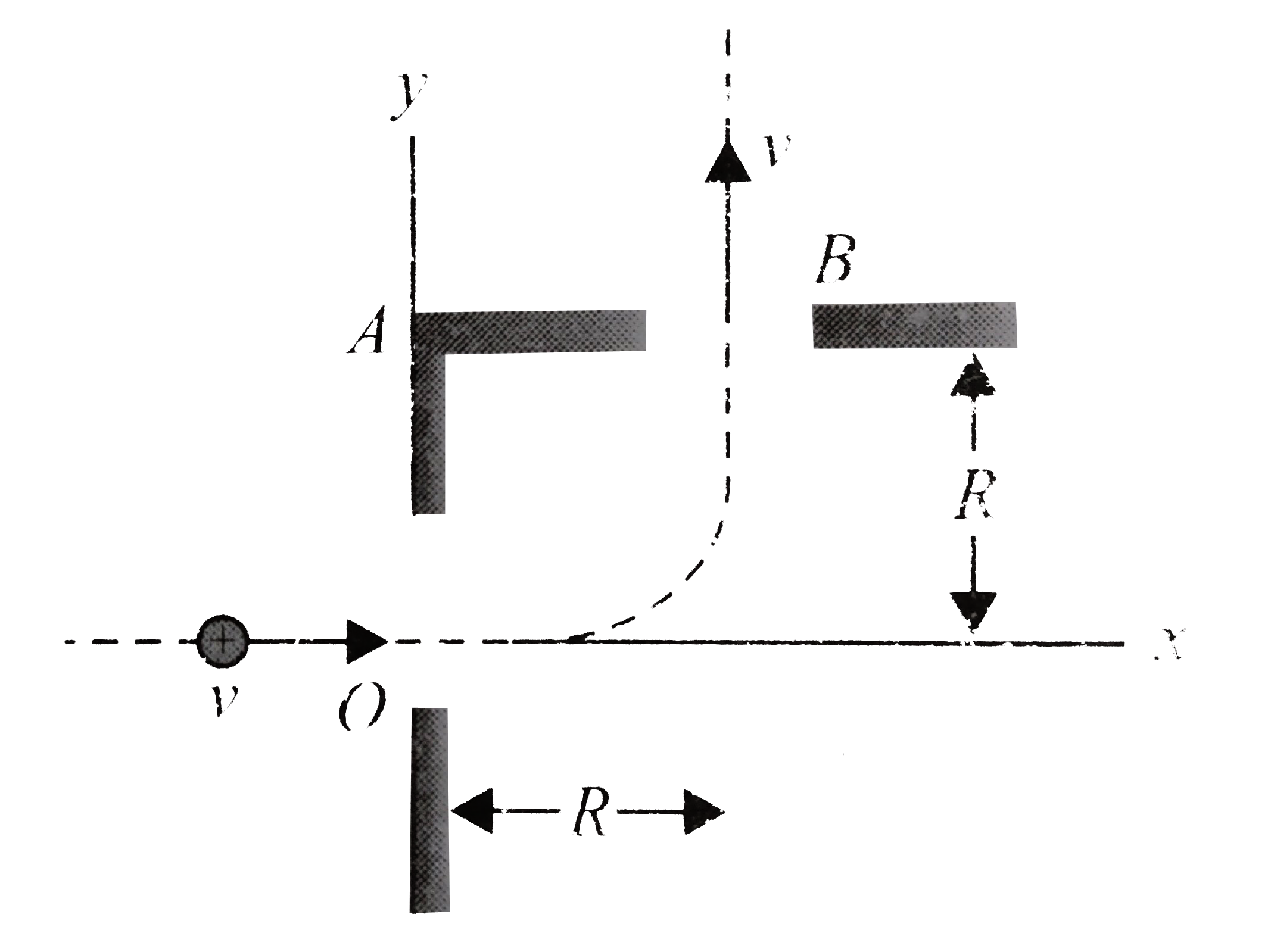
If the field is produced by two flat plates and is uniform in direction, what value should the field have in this case? View SolutionQuestion 193
A point charge q1 is placed inside cavity 1 and another point charge q2 is inside cavity 2. A point charge q is placed outside the conductor. For the situation described above, answer the following questions.
→E inside the conductor at point S distant r from point charge q, due to charge on outer surface of the conductor, would be View SolutionQuestion 194
A point charge q1 is placed inside cavity 1 and another point charge q2 is inside cavity 2. A point charge q is placed outside the conductor. For the situation described above, answer the following questions.
→E inside the conductor at point S distant r from point charge q, due to charge on outer surface of the conductor, would be View SolutionQuestion 195
A point charge q1 is placed inside cavity 1 and another point charge q2 is inside cavity 2. A point charge q is placed outside the conductor. For the situation described above, answer the following questions.
If charge q2 is at point Q (inside cavity 2), then →E at the center of cavity 2 due to induced charge on the surface of cavity 2 would be View SolutionQuestion 196
A point charge q1 is placed inside cavity 1 and another point charge q2 is inside cavity 2. A point charge q is placed outside the conductor. For the situation described above, answer the following questions.
If the potential of the conductor is V0 and charge q2 is placed at the center of cavity 2, then potential at point Q is View SolutionQuestion 197
Four concentric hollow spheres of radii R, 2R, 3R, and 4R are given the charges as shown in figure. Then the conductors 1 and 3, 2 and 4 are connected by conducting wires (both the connections are made at the same time.)
 ,
,
The charge on the inner surface of the third conductor is View SolutionQuestion 202
Three metallic plates out of which the middle is given charge Q as shown in the figure. The outer plates can be earthed with the help of switches S1andS2 . The area of each plates is the same. Answer the following question based on the given passage.

The charge that will flow to the earth when only switch S1 is connected to the earth is View SolutionQuestion 203
Three metallic plates out of which the middle is given charge Q as shown in the figure. The outer plates can be earthed with the help of switches S1andS2 . The area of each plates is the same. Answer the following question based on the given passage.

The charge that will flow to the earth through S2 when both switches S1andS2 are grounded simultaneously is View SolutionQuestion 210
A charged particle is suspended at the center of two thin concentric spherical charged shells, made of nonconducting material. Figure shows cross section of the arrangement. Figure (b) gives the net flux ϕ through a Gaussian sphere centered on the particle, as a function of the radius r of the sphere.
 ,
,
What is the charge on the central particle? View SolutionQuestion 211
A charged particle is suspended at the center of two thin concentric spherical charged shells, made of nonconducting material. Figure shows cross section of the arrangement. Figure (b) gives the net flux ϕ through a Gaussian sphere centered on the particle, as a function of the radius r of the sphere.
 ,
,
What is the charge on shell A? View SolutionQuestion 212
A charged particle is suspended at the center of two thin concentric spherical charged shells, made of nonconducting material. Figure shows cross section of the arrangement. Figure (b) gives the net flux ϕ through a Gaussian sphere centered on the particle, as a function of the radius r of the sphere.
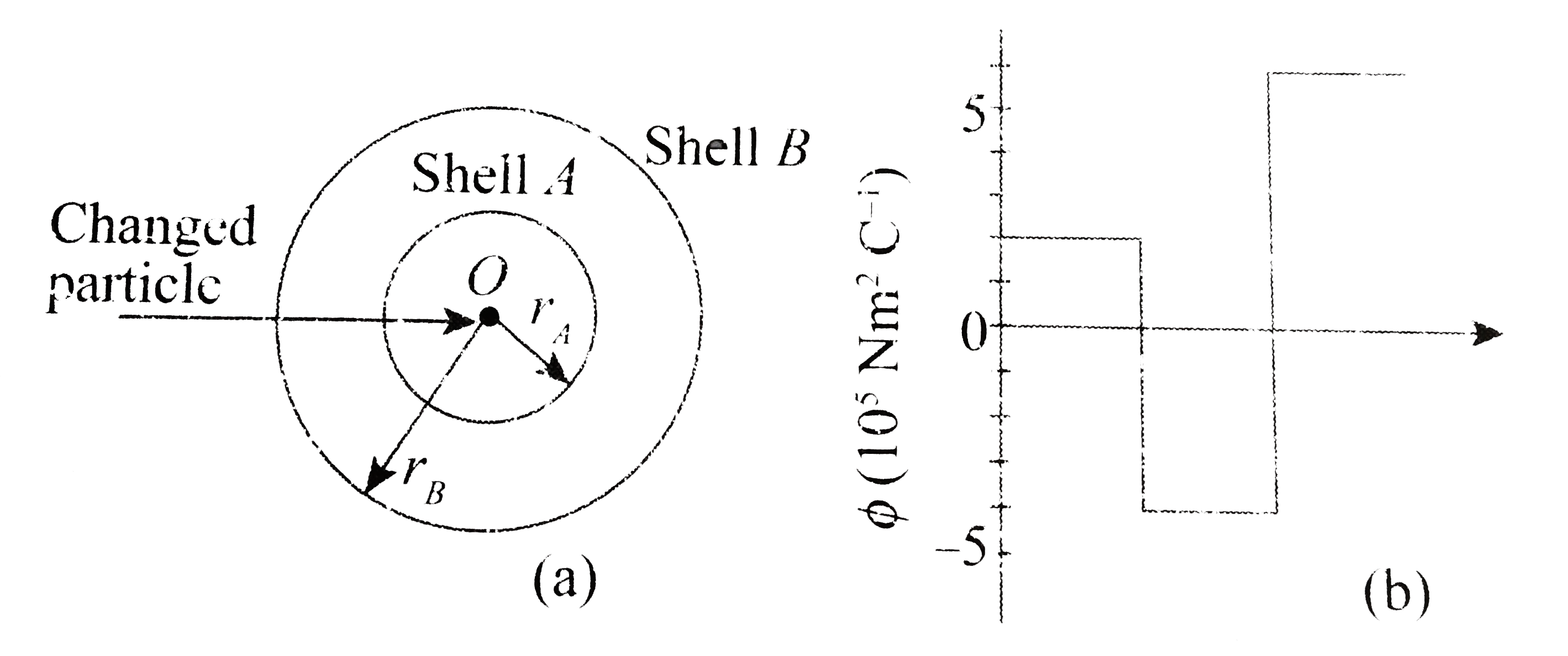 ,
,
In which range of the values of r is the electric field zero? View SolutionQuestion 214
Capacitor C3 in the circuit is a variable capacitor (its capacitance can be varied). Graph is plotted between potential difference V1 (across capacitor C1) versus C3. Electric potential V1 approaches to 10 V as C3→∞. Given that C1+C2=10μF

The capacitance of the capacitor C1 value View SolutionQuestion 215
Capacitor C3 in the circuit is a variable capacitor (its capacitance can be varied). Graph is plotted between potential difference V1 (across capacitor C1) versus C3. Electric potential V1 approaches to 10 V as C3→∞. Given that C1+C2=10μF

The capacitance of the capacitor C1 value View SolutionQuestion 216
In a region , an electroc field E=10NC−1 making an angle of θ=30∘ with the horizontal plane is present. Coefficient of restitution between ball and surface is e=0.2. Ball has charge q=−2C over it and mass m = 2 kg . Ball is projected at an angle of θ=30∘ with the horizontal with speed u=10ms−1

Horizontal distance traveled up to first rebound is View SolutionQuestion 217
In a region , an electroc field E=10NC−1 making an angle of θ=30∘ with the horizontal plane is present. Coefficient of restitution between ball and surface is e=0.2. Ball has charge q=−2C over it and mass m = 2 kg . Ball is projected at an angle of θ=30∘ with the horizontal with speed u=10ms−1

After first impact with the ground, View SolutionQuestion 218
Two circular rings A and B each of radius a = 30 cm are placed coaxially with their axis horizontal in a uniform electric field E=105NC−1 directed vertically upward as shown in figure. Distance between centers of the rings A and B (CAandCB)is40cm. Ring A has positive charge qA=10μC and B has a negative charge qB=−20μC. A particle of mass m and charge q=10μC is released from rest at the center of ring A. If particle moves along CACB, then
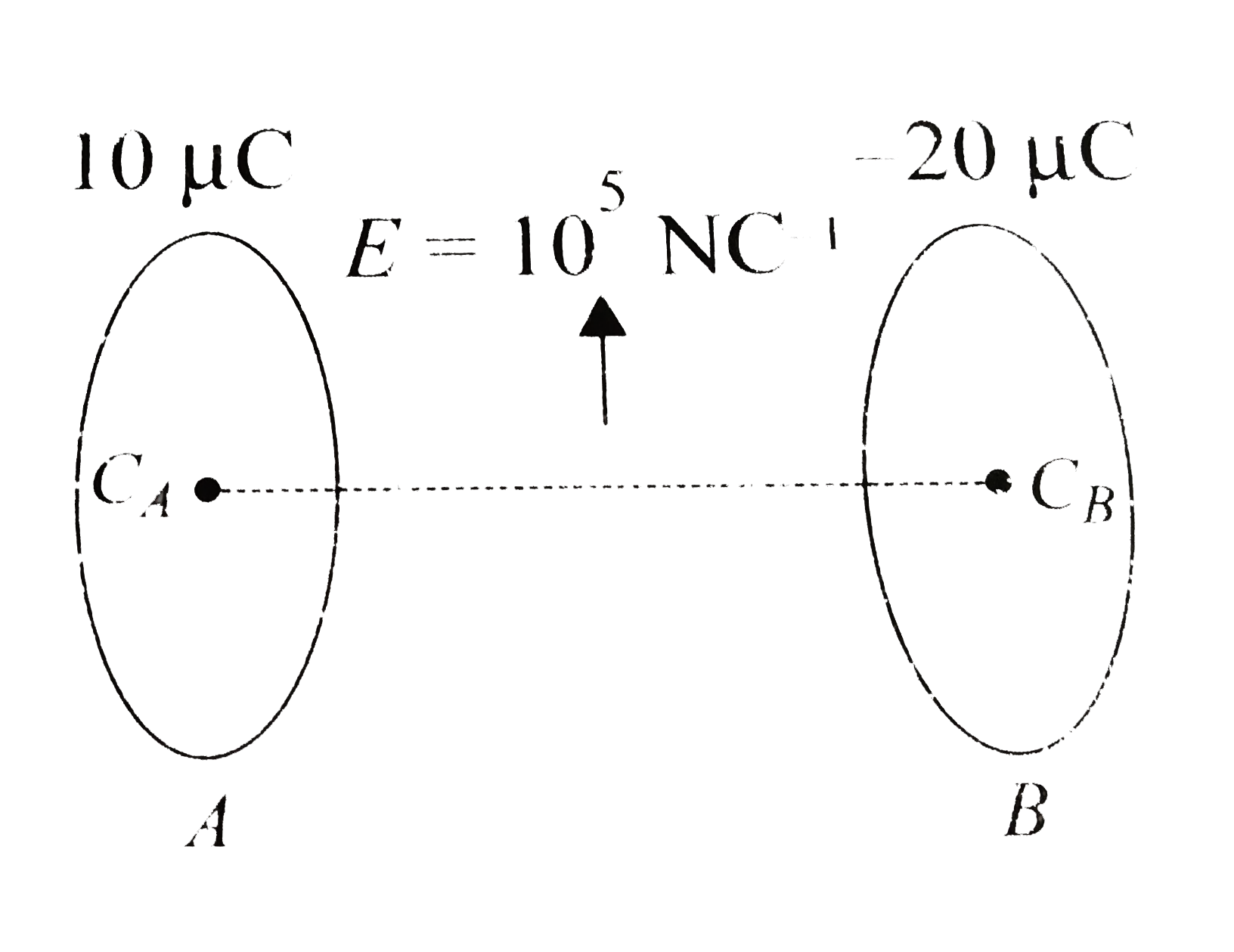
Work done by electric field, when particle moves from CA→CB is View SolutionQuestion 219
Two circular rings A and B each of radius a = 30 cm are placed coaxially with their axis horizontal in a uniform electric field E=105NC−1 directed vertically upward as shown in figure. Distance between centers of the rings A and B (CAandCB)is40cm. Ring A has positive charge qA=10μC and B has a negative charge qB=−20μC. A particle of mass m and charge q=10μC is released from rest at the center of ring A. If particle moves along CACB, then

Speed of particle when it reaches at center of B is View SolutionQuestion 223
Three capacitors C1,C2,andC3 of capacitance 1μF,2μF,and3μF, respectively, are charged separately as shown in the figure. Now these charged capacitors are connected to a battery of ε=20V and an uncharged capacitor of C=2μF as shown in figure.
 ,
, 
The charge on capacitor marked C is View SolutionQuestion 226
Two points charges are placed on x-axis as shown, a = 1 cm, q=1μC , mass of each particle m=6g. The charges are tied at the end of an inextensible string of length 2a. The whole system is free to move on a horizontal frictionless surface.

Now suppose a third charge of equal value +q is fixed at the point (a/2,0) and the system of charges A and B is released. There is no friction between third charge and string. Find the maximum velocity of the system of charges A and B. View SolutionQuestion 228
Two nonconducting plates A and B of radii 2R and 4R, respectively, are kept at distance x and 2x from the point charge q. A surface cutout of a nonconducting shell A is kept such that is center coincides with the point charge. Each plate and spherical surface carries surface charge density σ.

If FA,FB,andFC are the forces on plate A, plate B, and spherical surface C due to charge q, respectively, then View SolutionQuestion 229
Two nonconducting plates A and B of radii 2R and 4R, respectively, are kept at distance x and 2x from the point charge q. A surface cutout of a nonconducting shell A is kept such that is center coincides with the point charge. Each plate and spherical surface carries surface charge density σ.

If ϕ1 is flux through surface of (B) due to electric field to (A) and ϕ2 is the flux through (A) due to electric field of (B), then View SolutionQuestion 230
Two nonconducting plates A and B of radii 2R and 4R, respectively, are kept at distance x and 2x from the point charge q. A surface cutout of a nonconducting shell A is kept such that is center coincides with the point charge. Each plate and spherical surface carries surface charge density σ.

If distance x and radius R are doubled so that FA becomes F'A and FB becomes F'B, then the correct option is View SolutionQuestion 231
Two very large parallel disks of charge have their centers on the x-axis and their planes perpendicular to the x-axis. The disk that intersects x = -R has uniform positive surface charge density +σ, the disk that intersects x=+R has uniform negative surface charge density −σ. (i) ,
,
Which graph best represents the plot of the x-component of the electric field vector on the x-axis? View SolutionQuestion 232
Two very large parallel disks of charge have their centers on the x-axis and their planes perpendicular to the x-axis. The disk that intersects x = -R has uniform positive surface charge density +σ, the disk that intersects x=+R has uniform negative surface charge density −σ. (i) , (ii)
, (ii) 
(iii) , (iv)
, (iv)  .
.
Which graph best represents the plot of the electric potential (V) as a function of x (treating V = 0 at x = 0)? View SolutionQuestion 238
A particle having charge that of an electron and mass 1.6×10−30kg is projected with an initial speed u at the angle 45∘ to the horizontal from the lower plate of a parallel-plate capacitor as shown in fig. The plates are sufficiently long and have a separation of 2 cm, find the maximum value of the velocity of he particle so that it does not hit the upper plate. Take the electric field between the plates as 103Vm−1 directed upward.
 View Solution
View SolutionQuestion 248
A positive charge +q1 is located to the left of a negative charge −q2. On a line passing through the two charges, there are two places where the total potential is zero. The reference is assumed to be at infinity.The first place is between the charge and is 4.00 cm to the left of the negative charge. The second place is 7.00 cm to the right of the negative charge. If q2=−12μCandq1=11×xμC, what is the value of x. View SolutionQuestion 249
Figure shows, in cross section , two solid spheres with uniformly distributed charge throughout their volumes. Each has radius R. Point P lies on a line connecting the centers of the spheres, at radial distance R/2 from the center of sphere 1. If the net electric field at point P is zero, and Q1is64μC and Q2=8xμC, what is the value of x.
 View Solution
View SolutionQuestion 250
A positively charged particle starts at rest 25 cm from a second positively charged particle, which is held stationary throughout the experiment. The first particle is released and accelerates directly away from the second particle. When the first particle has moved 25 cm, it has reached a velocity of 10(√2)ms−1 . What is the maximum velocity (∈×10ms−1) that the first particle will reach? View SolutionQuestion 251
In the circuit shown, all capacitors are identical. Initially, the switch is open and the capacitor marked C1 is the only one charged to a value Q0. After the switch is closed and the equilibrium is reestablished, the charge on the capacitor marked C1 is Q. Find the ratio initial change to final charge in capacitor C1.
 View Solution
View SolutionQuestion 252
Two small spheres are attached to the ends of a long light nonconducting rod at a distance 40 mm from each other. All three spheres are nonconducting, have identical masses m=1g, and a positive charge q=1C is distributed evenly on the surface of each sphere. The whole system is placed on a horizontal frictionless nonconducting surface. Initially, all three spheres are at rest and the middle sphere is located a distance 30 mm from one of the ends of the rod and a distance 10 mm from the other. Find the maximum speed v (∈ms−1) of the middle sphere after the system is released.
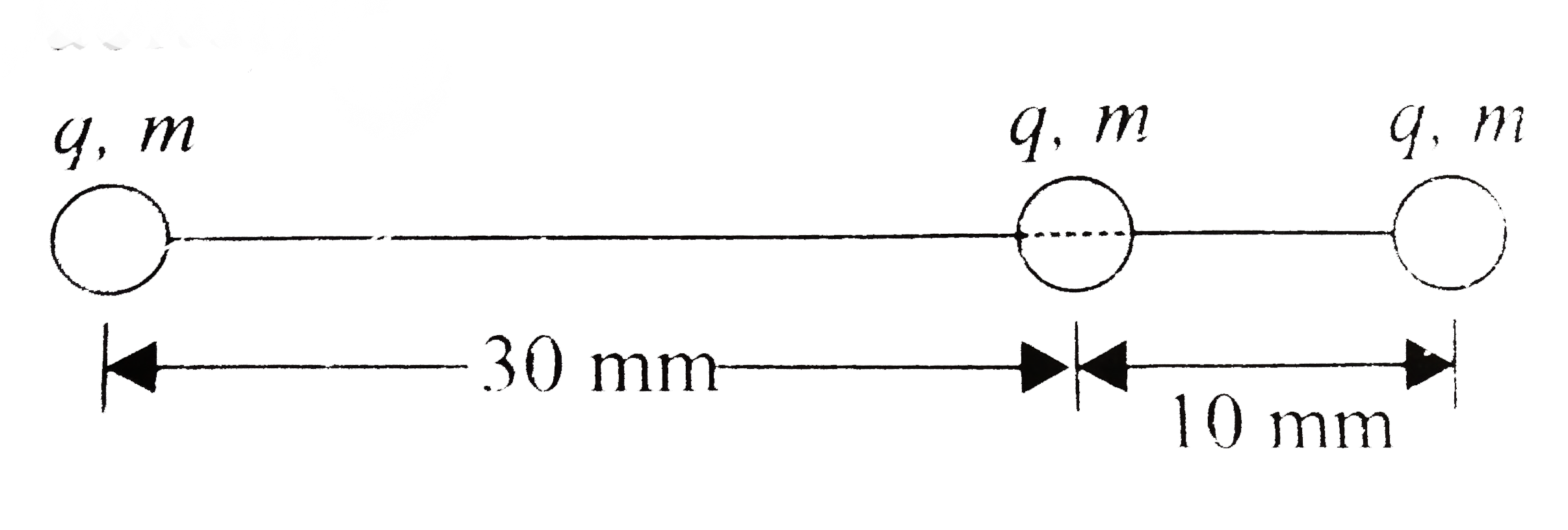 View Solution
View SolutionQuestion 255
Two small balls having equal positive charge Q (clulomb) on each are suspended by two insulating stirngs of equal length L (meter) from a hook fixed to a stand. The whole set-up is taken in a satellite into space where there is no gravity (state of weightlessness). ltbRgt (i) what is the angle between the two strings.
(ii) What is the tension in each string? View SolutionQuestion 256
Two parallel capacitors of capacitances C and 2C are connected in parallel and charged to a potential difference V. The battery is then disconnected, and the region between the plates of C is filled completely with a material of dielectric a constant K. The common potential difference arcoss the combination becomes.View SolutionQuestion 257
A point charge q moves from point P to pont S along the path PQRS (fig.) in a uniform electric field E pointing parallel to the poistive direction of the X-axis. The coordinates of the points P, Q, R and S are(a, b, O), (2a, O, O)(a, -b,O––) and (O, O, O) respectively. The work done by the field in the above process is given by the expresison............
 View Solution
View SolutionQuestion 264
A ring of radius R carries a uniformly distributed charge +Q. A point charge −q is placed on the axis of the ring at a distance 2R from the centre of the ring and released from rest. The particle executes a simple harmonic motion along the axis of the ring. State True or False.View SolutionQuestion 267
A parallel plate capacitor of capacitance C is connected to a battery and is charged to a potential difference V. Another capacitor of capacitance 2C is connected to another battery and is charged to potential difference 2V. The charging batteries are now disconnected and the capacitor are connected in parallel to each other in such a way that the positive terminal of one is connected to the negative terminal of the other. The final energy of the configuration isView SolutionQuestion 268
An electron (mass me)falls through a distance d in a uniform electric field of magnitude E.
 ,
,
The direction of the field is reversed keeping its magnitudes unchanged, and a proton(mass mp) falls through the same distance. If the times taken by the electrons and the protons to fall the distance d is telectron and tproton respectively, then the ratio telectron/tproton.View SolutionQuestion 273
A parallel plate capacitor of area A, plate separation d and capacitance C is filled with four dielectric materials hving dielectric constants K1,K2,K3 and K4 as shown in the figure below. If a single dielectric material is to be used to have the same capacitance c in this capacitor, then its dielectric constant K is given by
 View Solution
View SolutionQuestion 280
six charges of equal magnitude, 3 poistive and 3 negative are to be placed on PQRSTU corners of a regular hexagon, such that field at the centre is double that of what it would have been if only one +ve charge is placed at R. Which of the following arrangement of charge is posisble for P, Q, R, S, T and U respectively.
 View Solution
View SolutionQuestion 288
A disc of radius a/4 having a uniformly distributed charge 6C is placed in the x-y plane with its centre at (−a/2,0,0). A rod of length a carrying a uniformly distributed charge 8C is placed on the x-axis from x=a/4 to x=5a/4. Two point charges −7C and 3C are placed at (a/4,−a/4,0) and (−3a/4,3a/4,0), respectively. Conisder a cubical surface formed by isx surfaces x=±a/2, y=±a/2, z=±a/2. The electric flux through this cubical surface is
 View Solution
View SolutionQuestion 291
A tiny spherical oil drop carrying a net charge q is balanced in still air when a vertical uniform electric field of strength 81π7×105Vm−1. When the field is switched off, the drop is observed to fall with terminal velocity 2×10−3ms−1 . The magnitude of q is (given g = 9.8ms−1,ηair=1.8×10−5Nsm−1,ρoil=900kgms−3, Electric force = charge ×electric field )View SolutionQuestion 295
Conisder a thin spherical shell of radius R with centre at the origin, carrying uniform poistive surface charge denisty. The variation of the magnitude of the electric field ∣∣→E(r)∣∣ and the electric potential V(r) with the distance r from the centre, is best represented by which graph?View SolutionQuestion 296
Two large vertical and parallel metal plates having a separation of 1cm are connected to a DC voltage source of potential difference X. A proton is released at rest midway between the two plates. It is found to move at 45∘ to the vertical JUST after release. Then X is nearlyView SolutionQuestion 300
A solid conducting sphere having a charge Q is surrounded by an uncharged concentric conducting hollow spherical shell. Let the potential difference between the surface of the solid sphere and that of the outer surface of the hollow shell be V. If the shell is now given a charge of −3Q, then the new potential difference between the same two surface isView SolutionQuestion 305
A charge +q is fixed at each of the points x=x0, x=3x0, x=5x0,…………x=∞ on the x axis, and a charge −q is fixed at each of the points x=2x0, x=4x0, x=6x0, …………x=∞. Here x0 is a positive constant. Take the electric potential at a point due to a charge Q at a distance r from it to be Q/(4πε0r).Then, the potential at the origin due to the above system of View SolutionQuestion 308
The nuclear charge (Ze) is non uniformlly distribute with in a nucleus of radius r. The charge density ρ(r) (charge per unit volume) is dependent only on the radial distance r form the centre of the nucleus s shown in figure. The electric field is only along the radial direction.

The electric field at r=R is View SolutionQuestion 309
The nuclear charge (Ze) is non uniformlly distribute with in a nucleus of radius r. The charge density ρ(r) (charge per unit volume) is dependent only on the radial distance r form the centre of the nucleus s shown in figure. The electric field is only along the radial direction.

For a=0 the value of d (maximum value of ρ as shown in the figure) is
 View Solution
View SolutionQuestion 310
The nuclear charge (Ze) is non uniformlly distribute with in a nucleus of radius r. The charge densilty ρ(r) (charge per unit volume) is dependent only on the radial distance r form the centre of the nucleus s shown in figure. The electric field is only along the radial direction.

The electric field within the nucleus is generaly observed to be linearly dependent on r. This impliesView SolutionQuestion 311
A charge +Q is fixed at the origin of the co-ordinate system while a small electric dipole of dipolement →p pointing away from the charge along the x-axis is set free from a point far away from the origin.
(a) Calculate the K.E. of the dipole when it reaches to a point (d, 0).
(b) Calculate the force on the charge +Q at this moment. View SolutionQuestion 313
A parallel plate air capacitor is connected to a battery. The quantities charge, voltage, electric field and energy associated with this capacitor are given by Q0 , V0, E0 and U0 respectively. A dielectric slab is now introduced to fill the space between the plates with battery still in connection. The corresponding quantities now given by Q, V, E and U are related to the previous one asView SolutionQuestion 315
A parallel plate capacitor of plate area A and plate separation d is charged to potential difference V and then the battery is disconnected. A slab of dielectric constant K is then inserted between the plates of the capacitor so as to fill the space between the plates. If Q, E and W denote respectively, the magnitude of charge on each plate, the electric field between the plates (after the slab is inserted), and work done on the system, in question, in the process of inserting the slab, thenView SolutionQuestion 325
In the circuit shown in the figure, there are two parallel plate capacitors each of capacitance C. The switch S1 is pressed first to fully charge the capacitor C1 and then released. The switch S2 is then pressed to charge the capacitor C2. After some time, S2 is released and then S3 is pressed. After some time
 View Solution
View SolutionQuestion 326
Two non-conducting solid spheres of radii R and 2R, having uniform volume charge densities ρ1 and ρ2 respectively, touch each other. The net electric field at a distance 2R from the centre of the smaller sphere, along the line joining the centres of the spheres, is zero. The ratio ρ1ρ2 can beView SolutionQuestion 329
An infinitely long solid cylinder of radius R has a uniform volume charge density ρ. It has a spherical cavity of radius R/2 with its centre on the axis of cylinder, as shown in the figure. The magnitude of the electric field at the point P, which is at a distance 2R form the axis of the cylinder, is given by the expression 23rR16ke0 . The value of k is .
 .View Solution
.View Solution



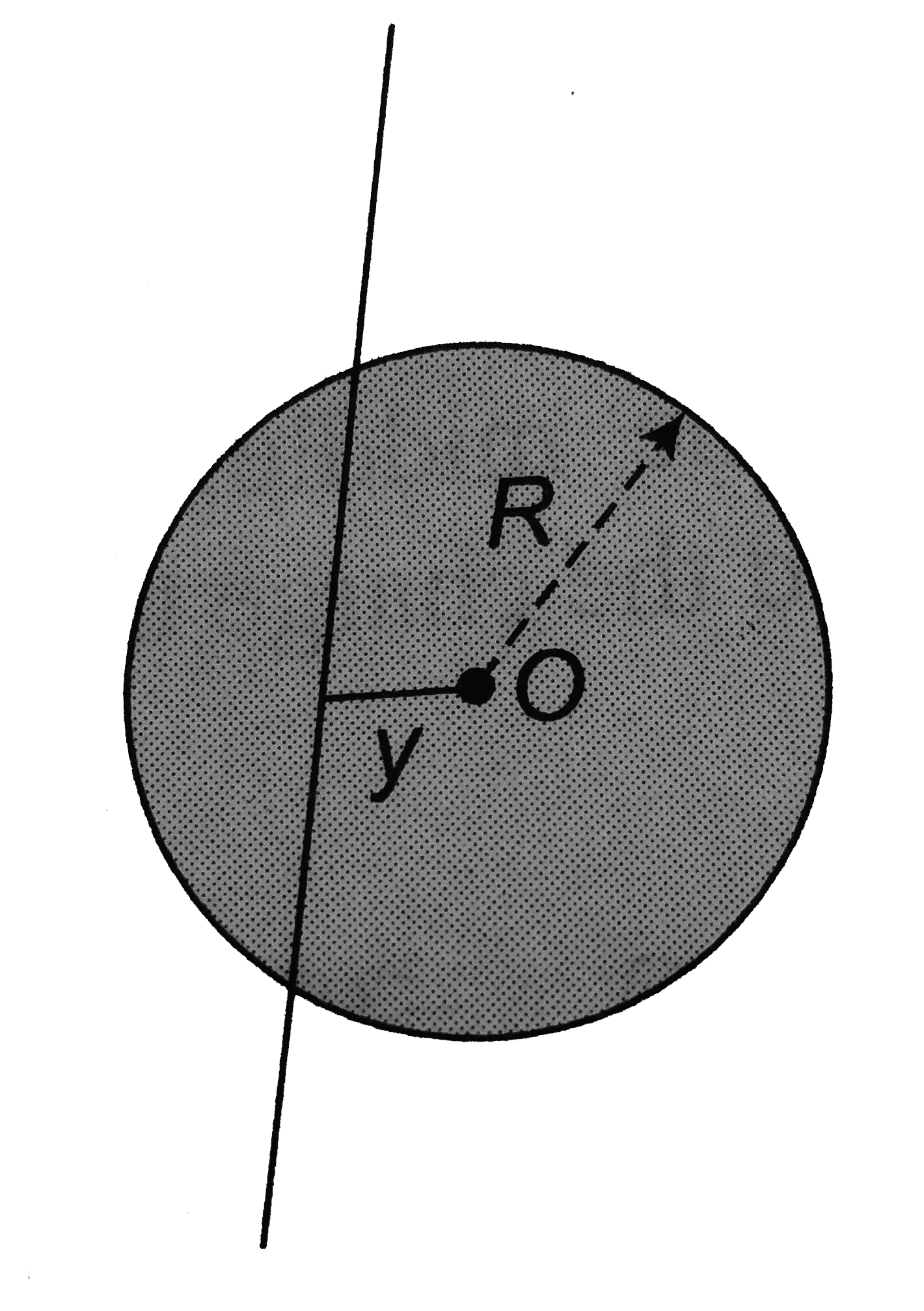











 .
.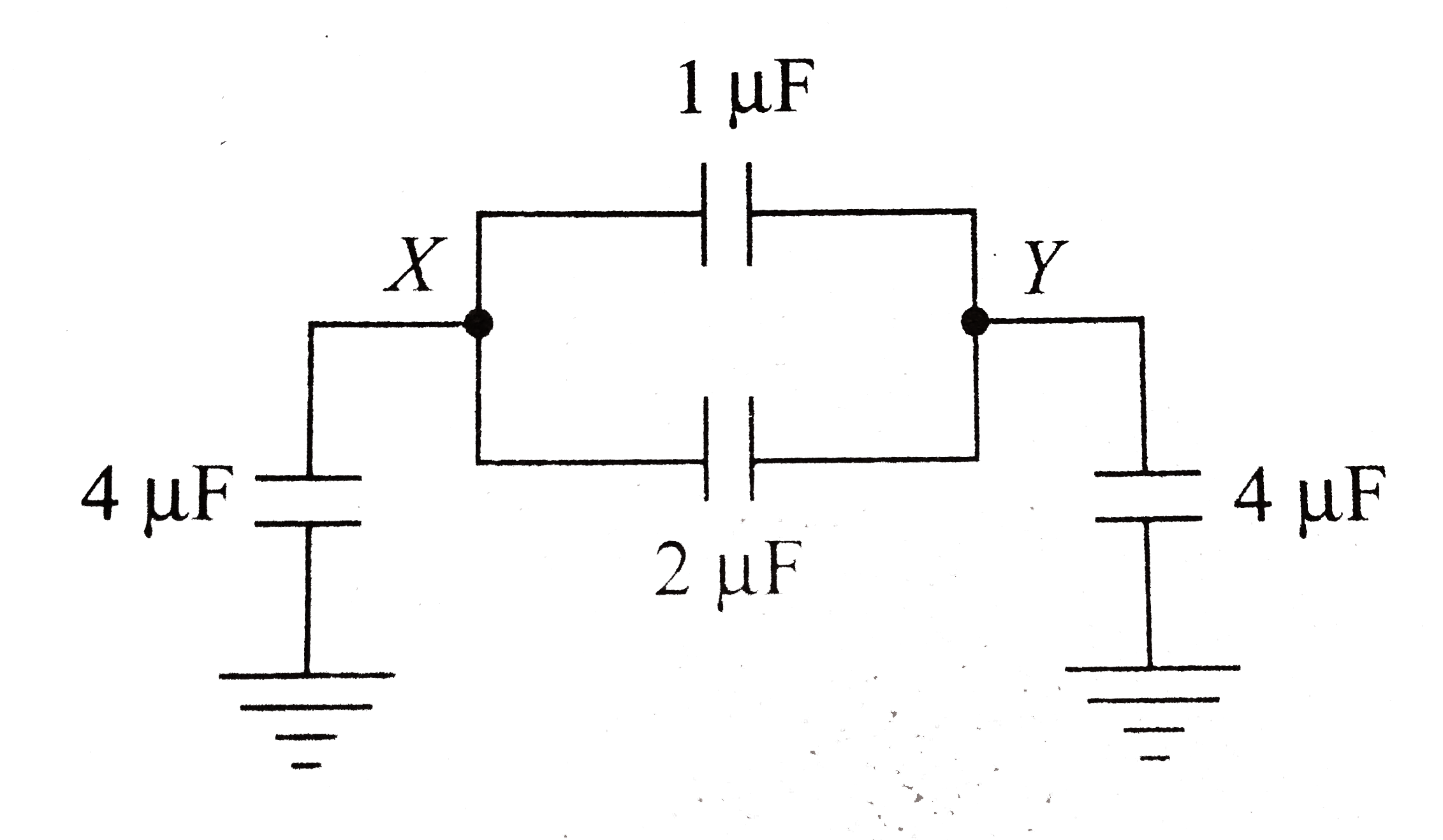








 ,
, .
.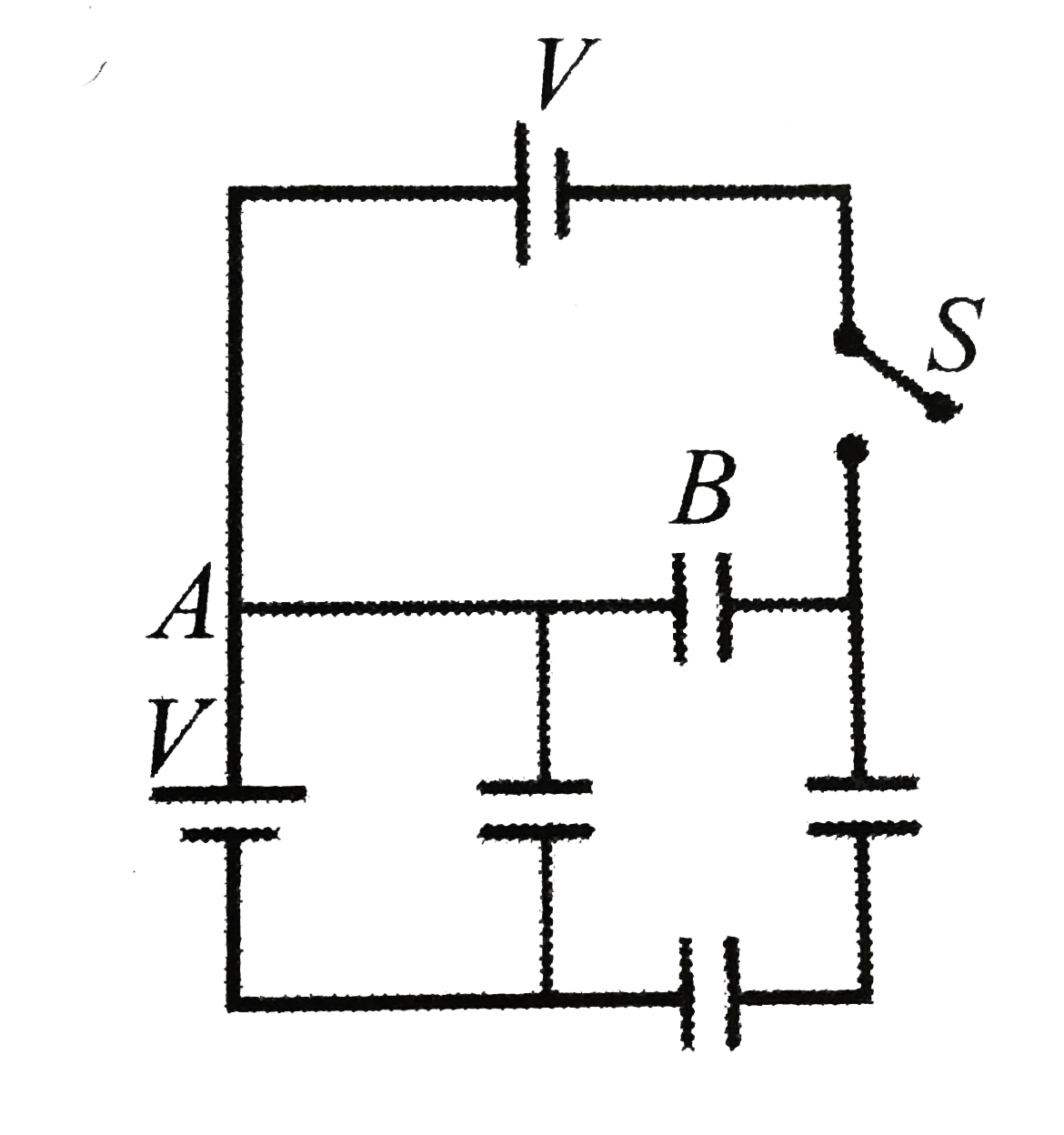

 .
.





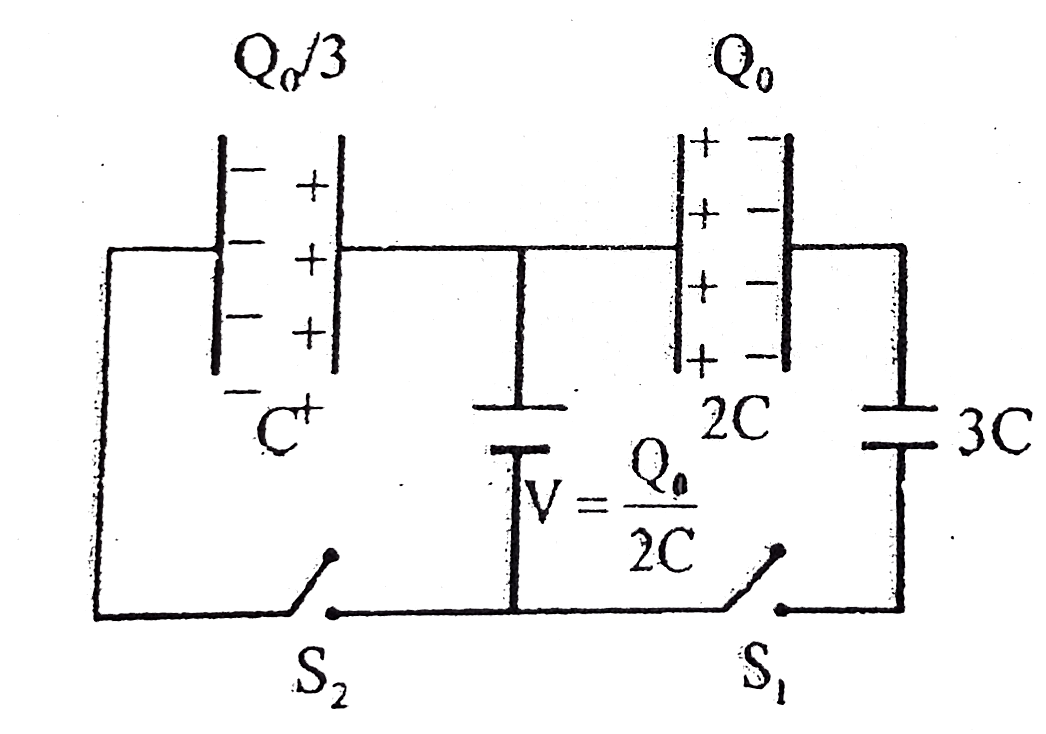

 ,
, 

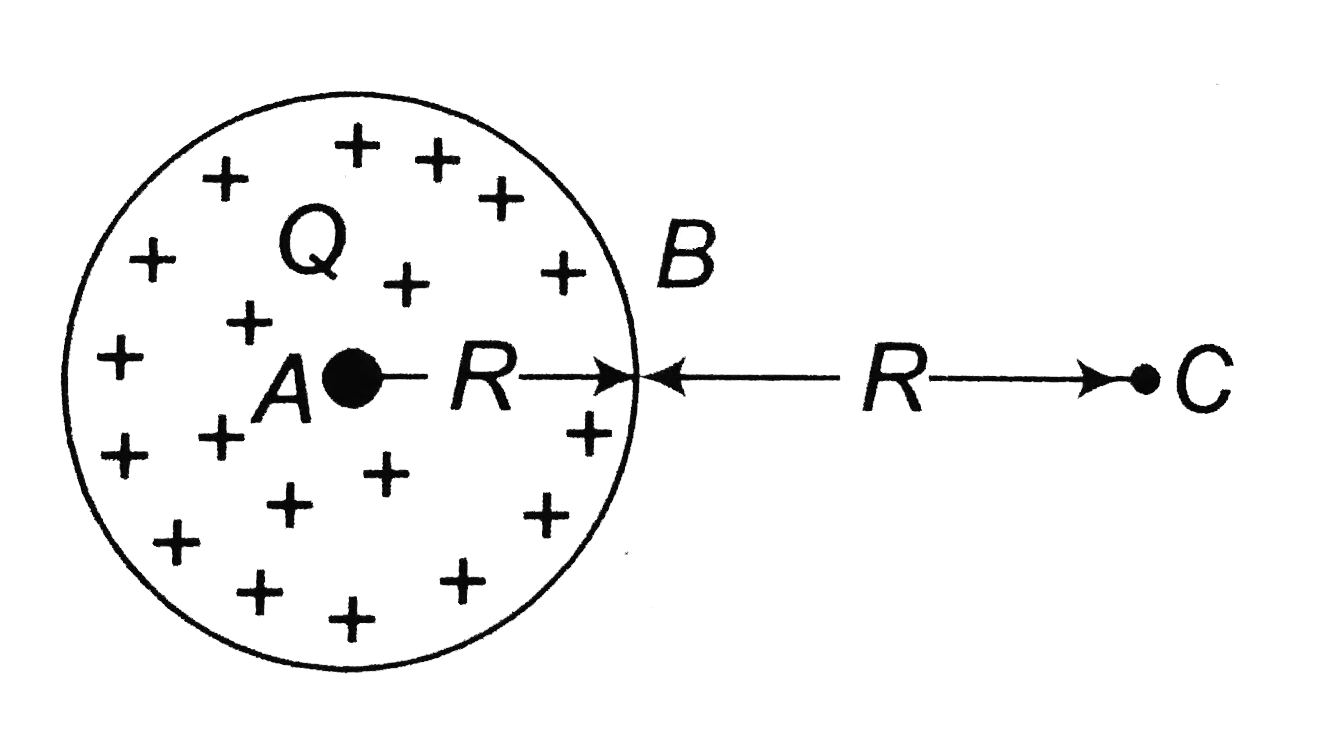


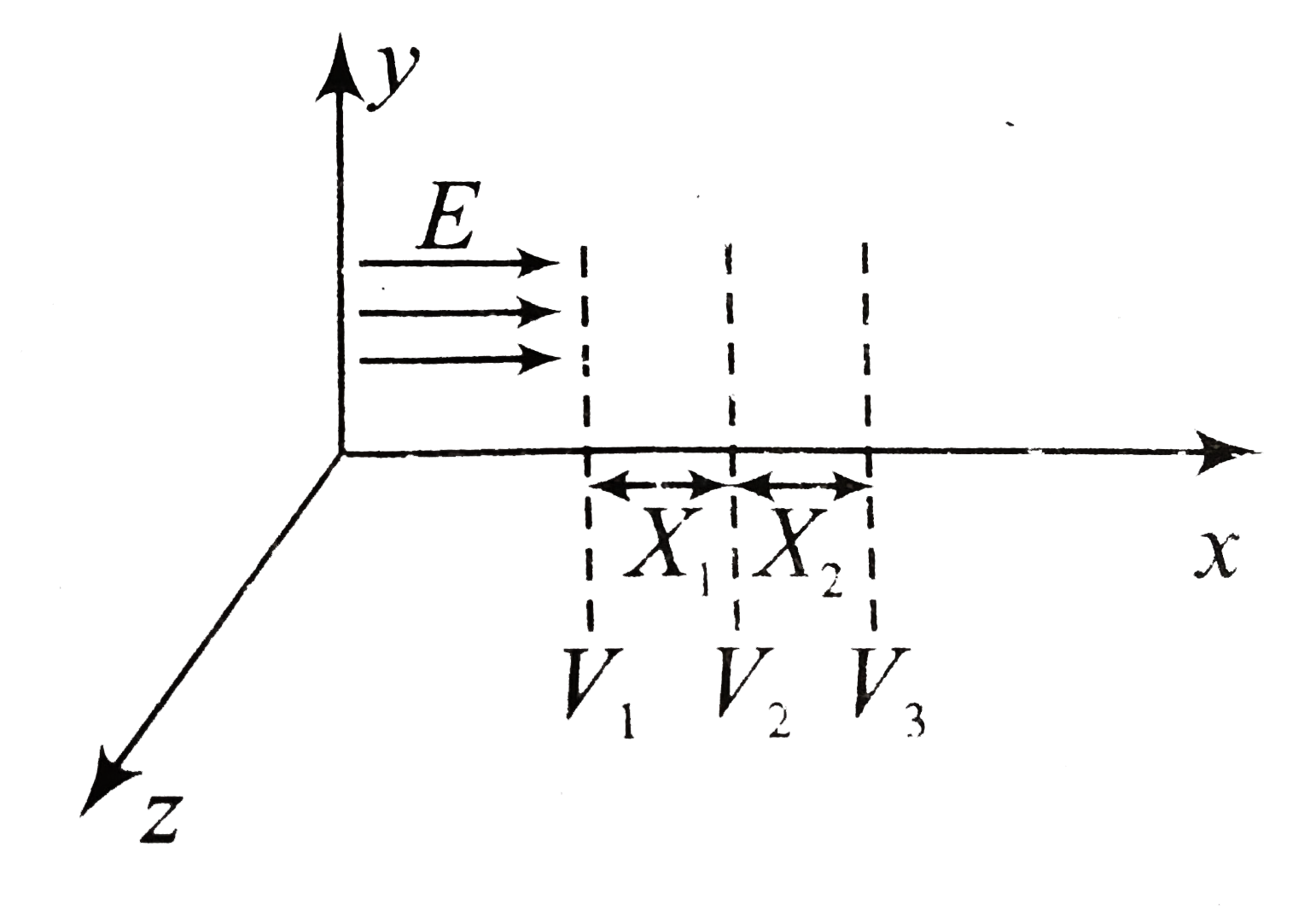


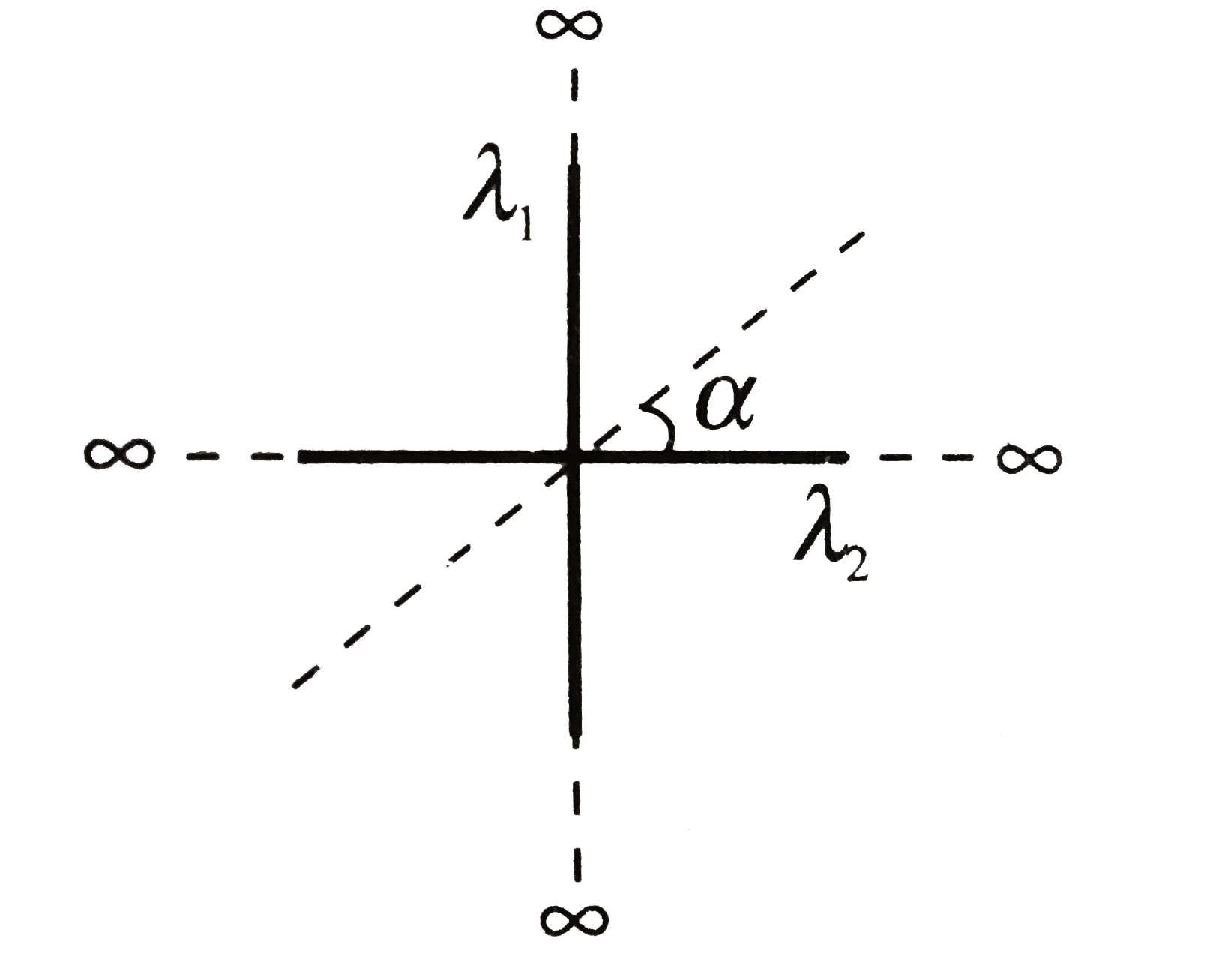







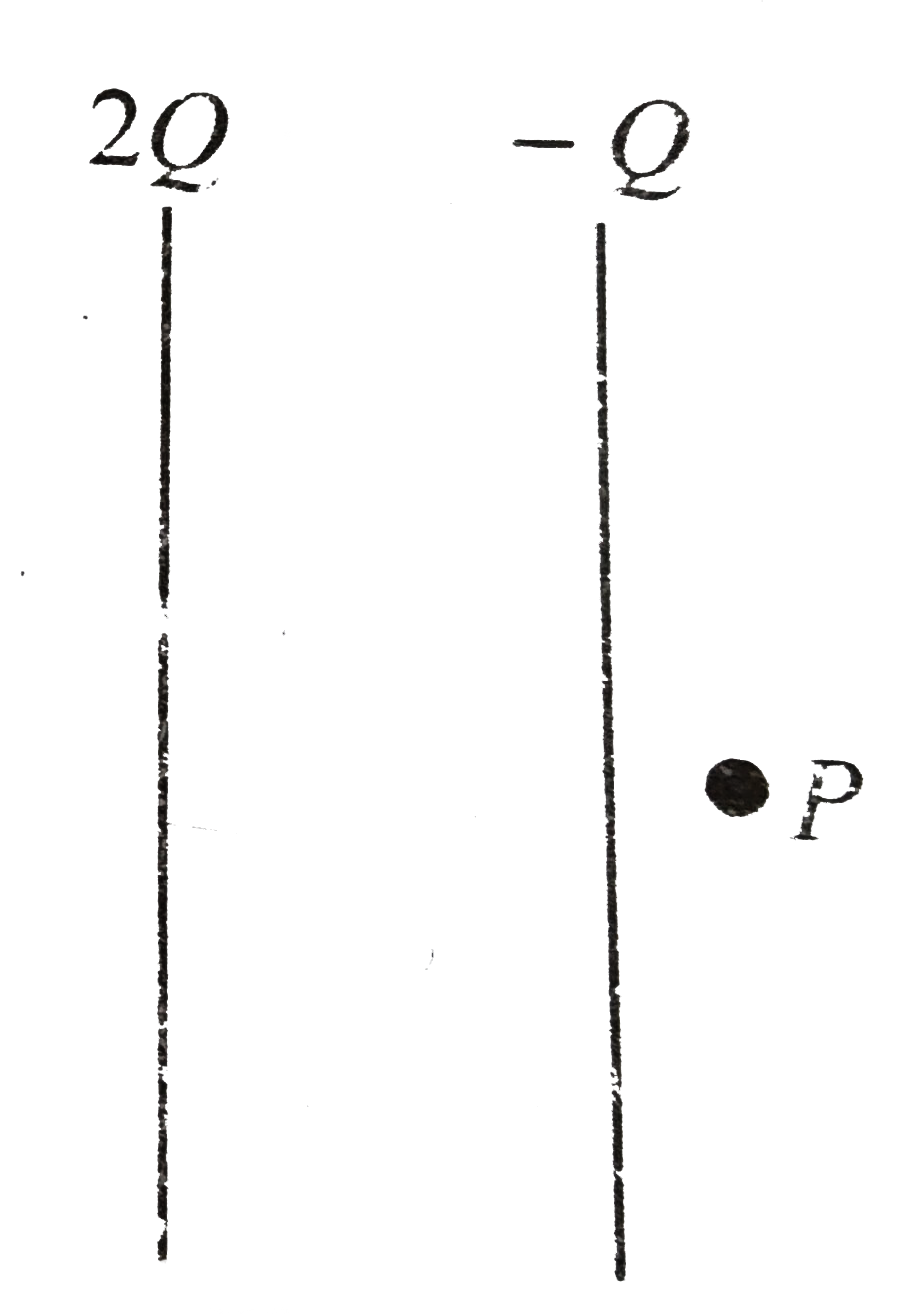

 .
.





 Which of the following option is correct
Which of the following option is correct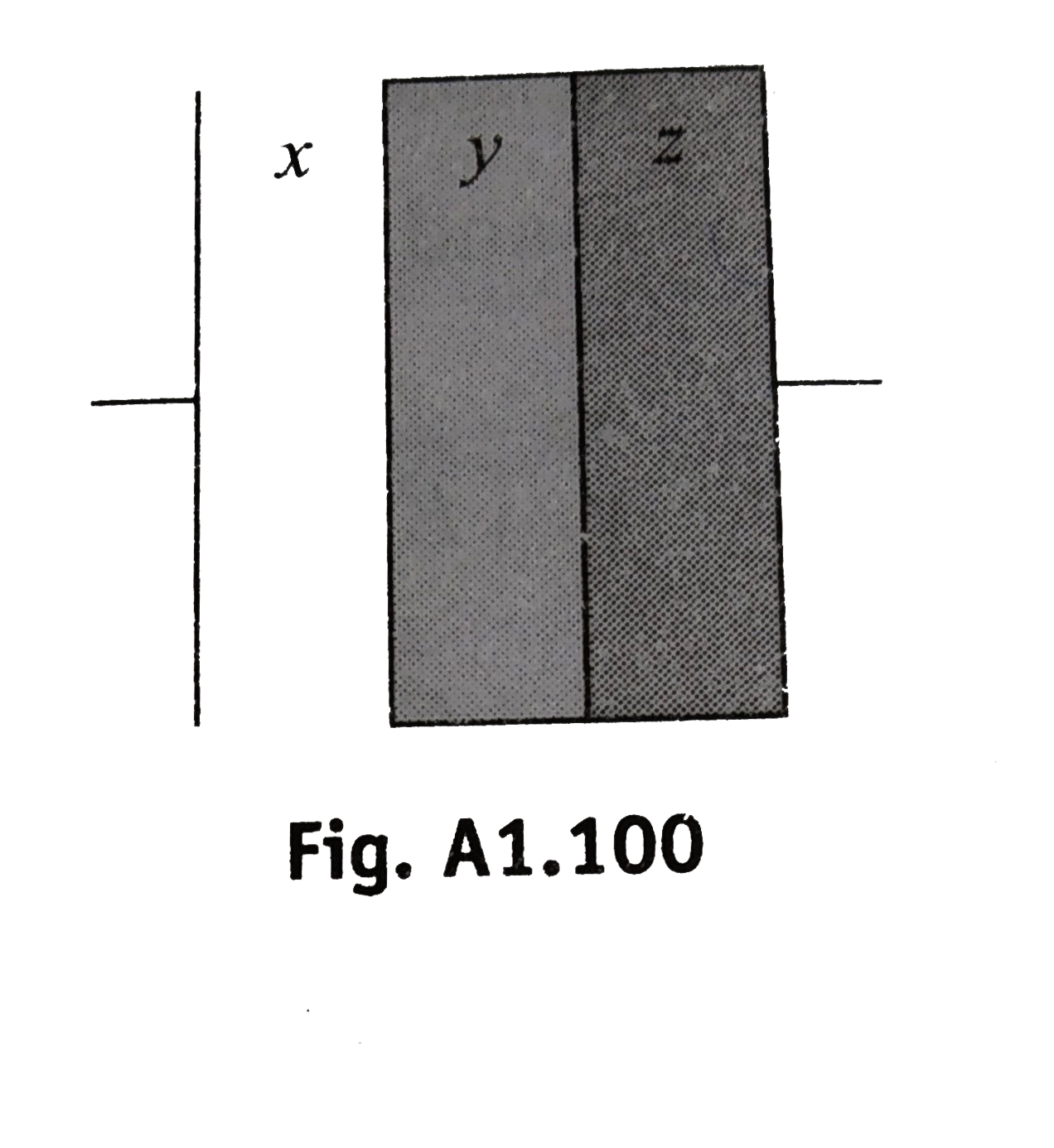










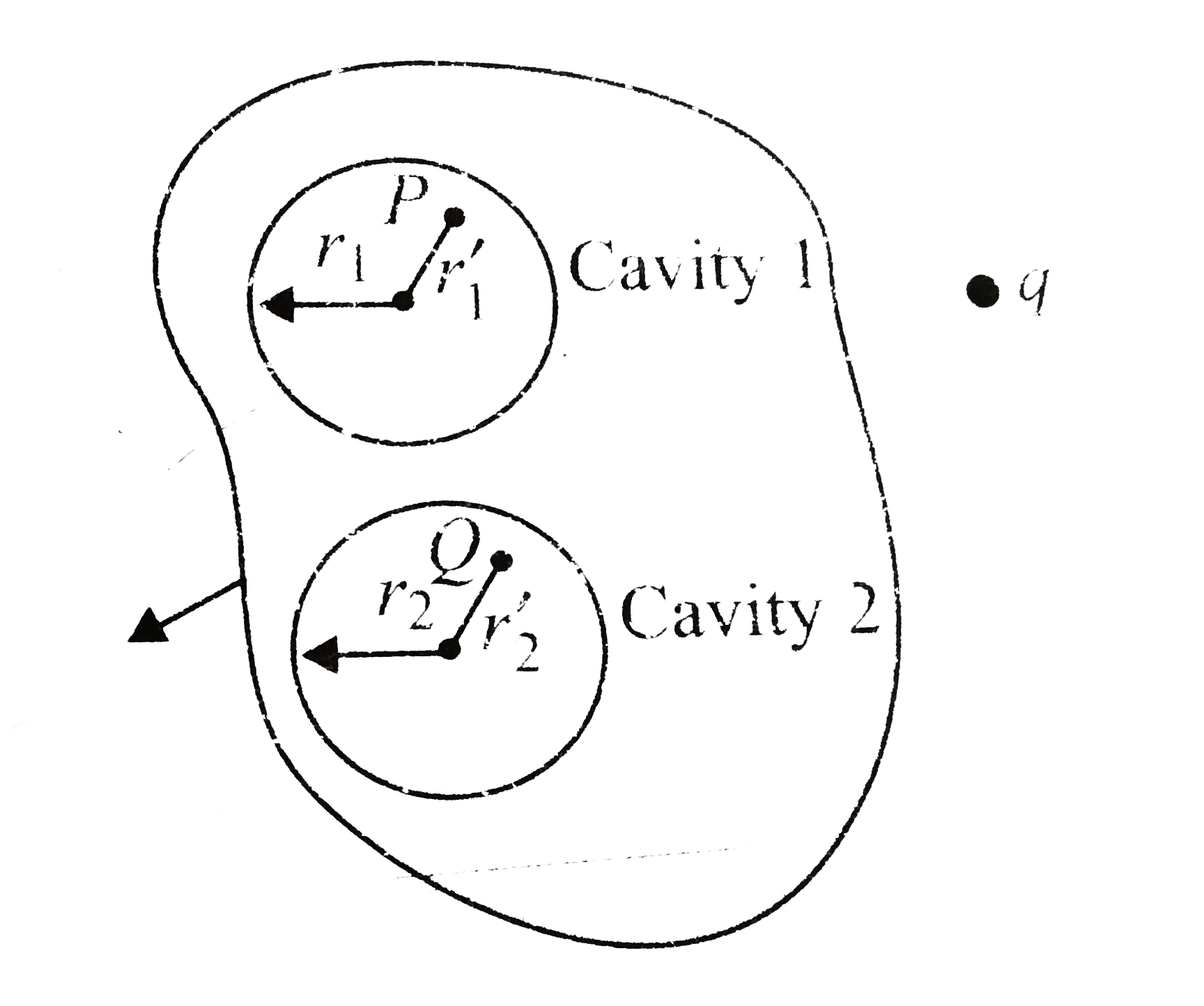
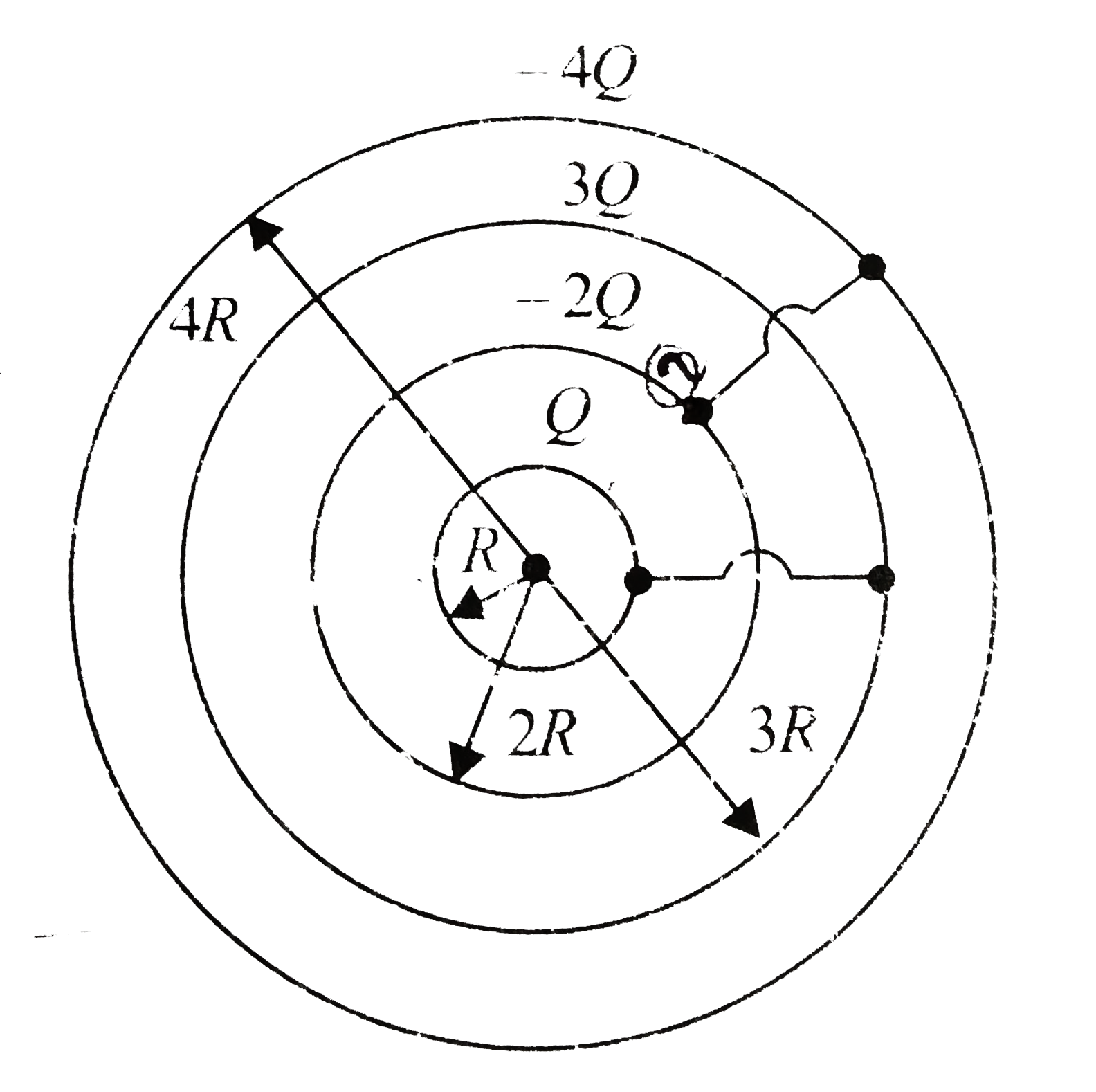





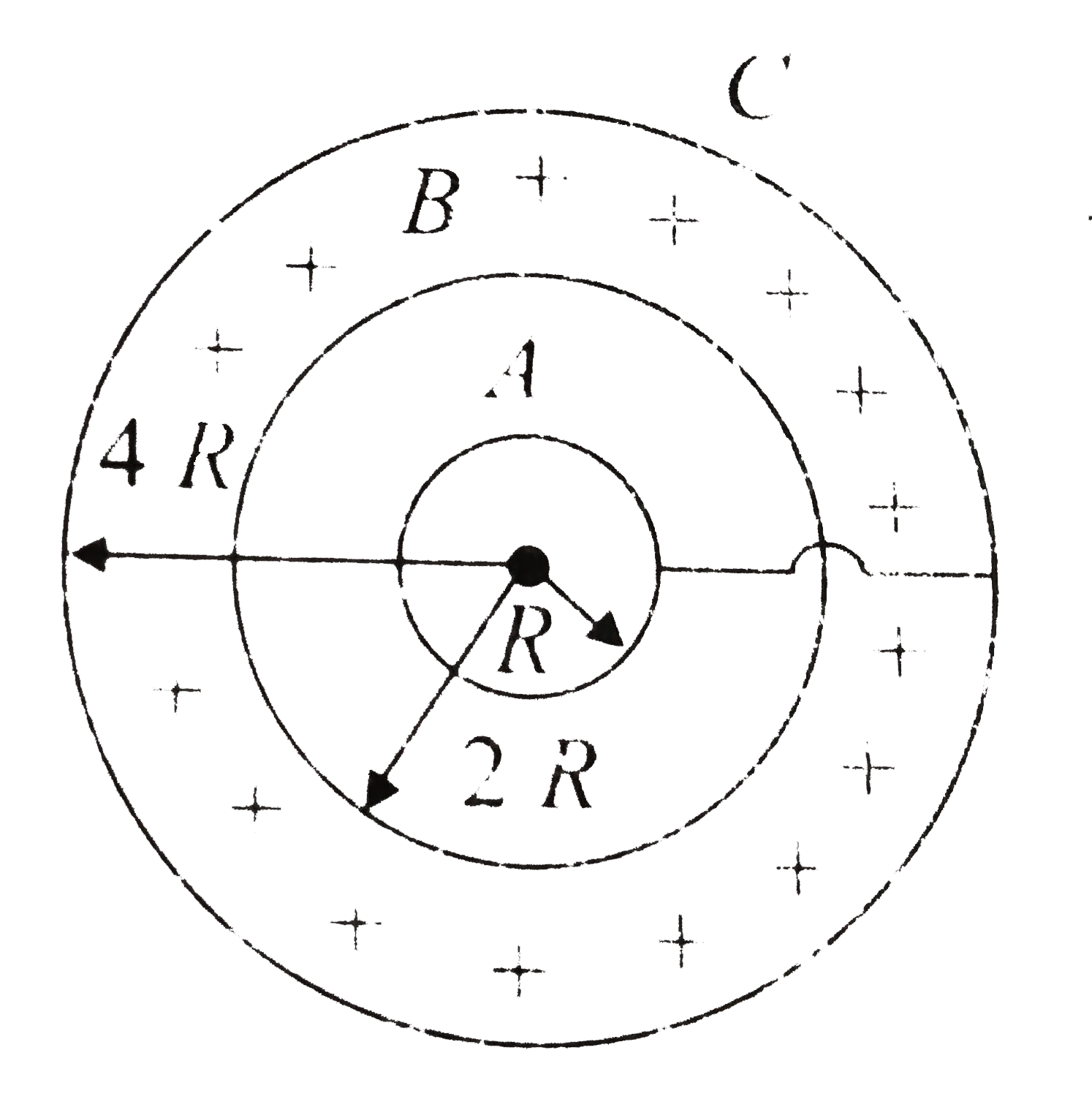




 ,
, 
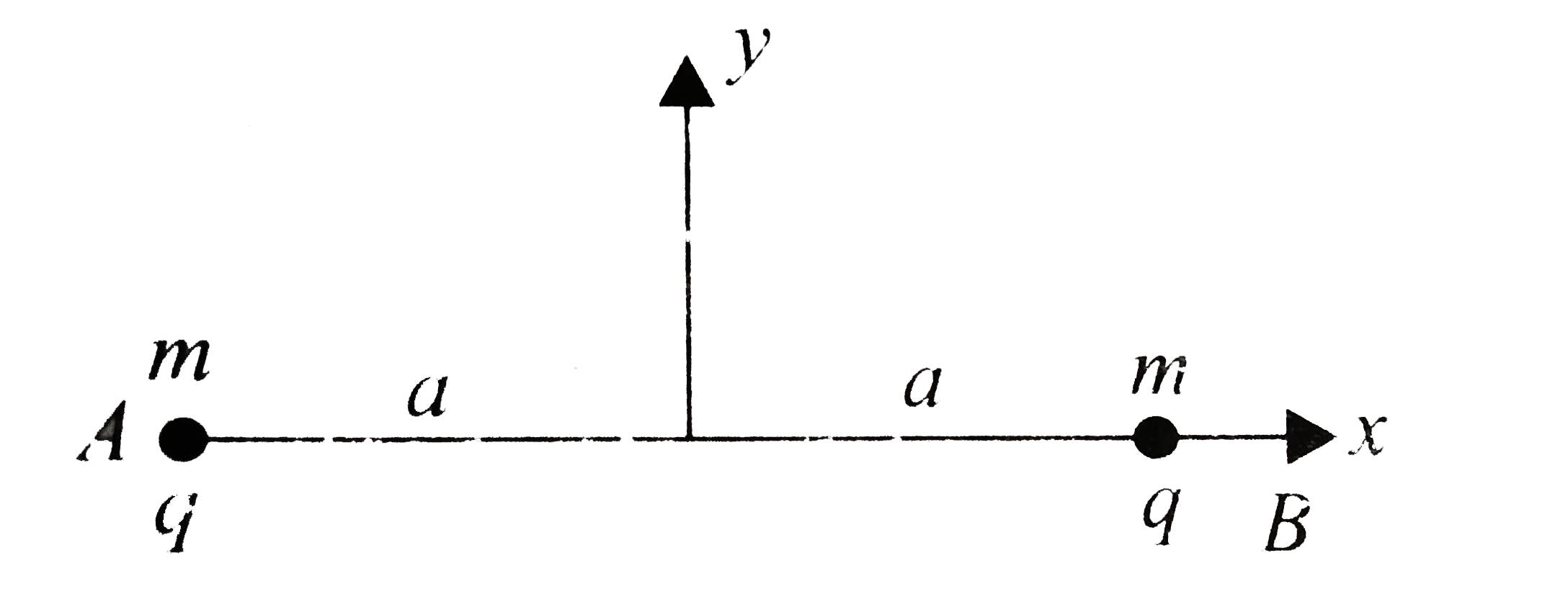



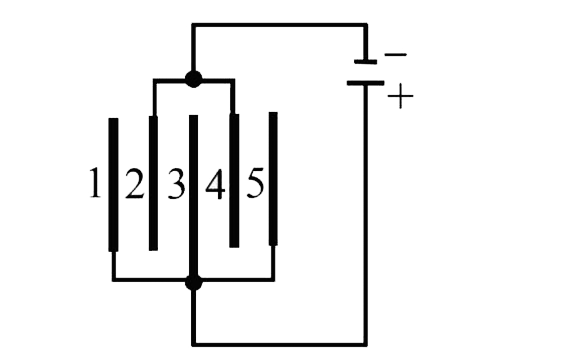
 .
.